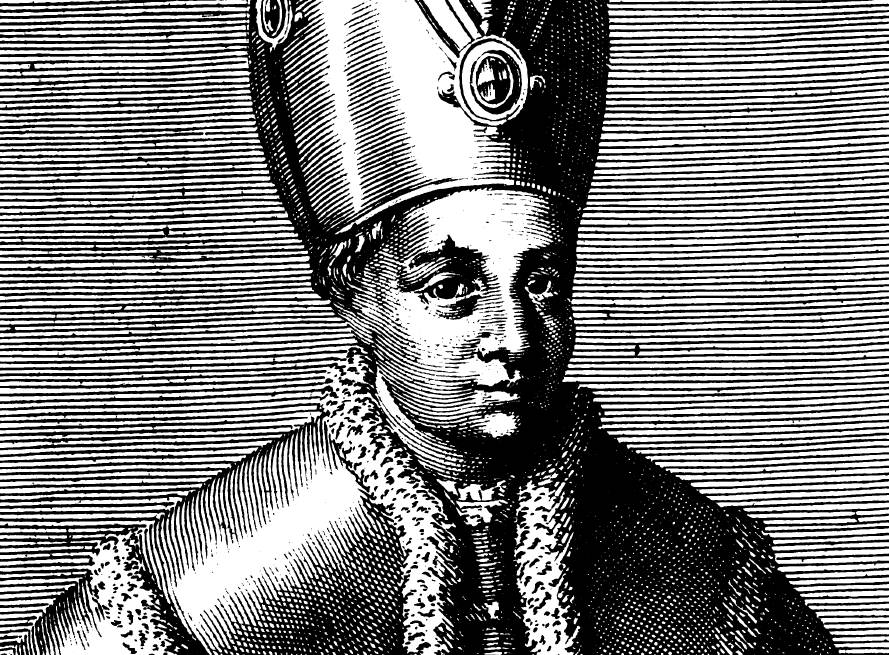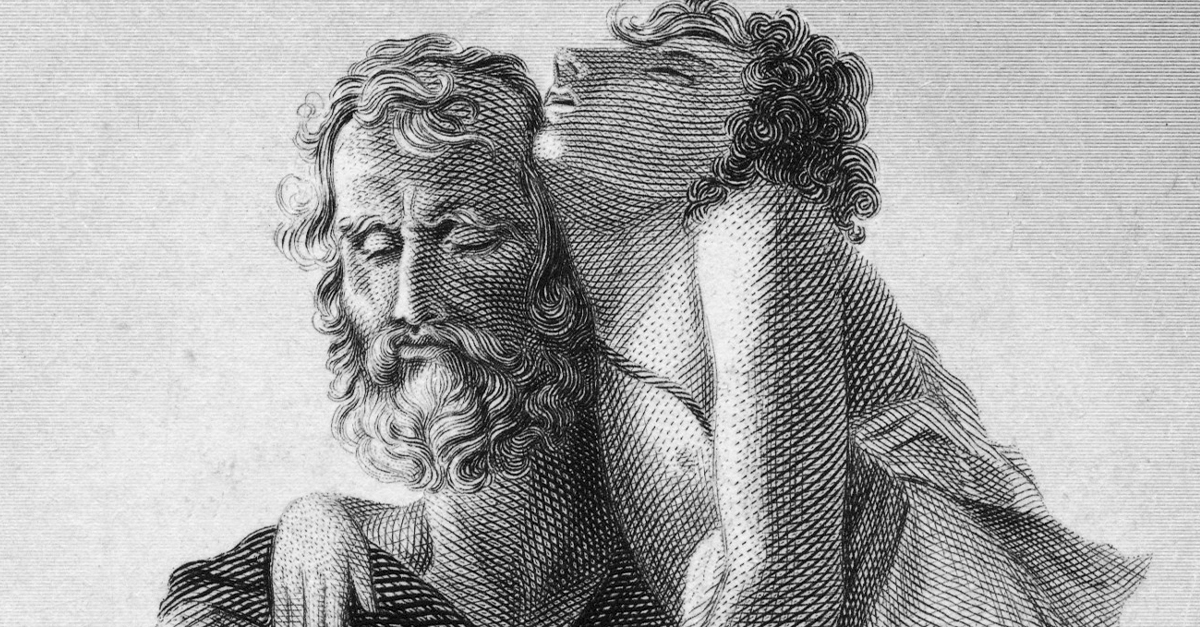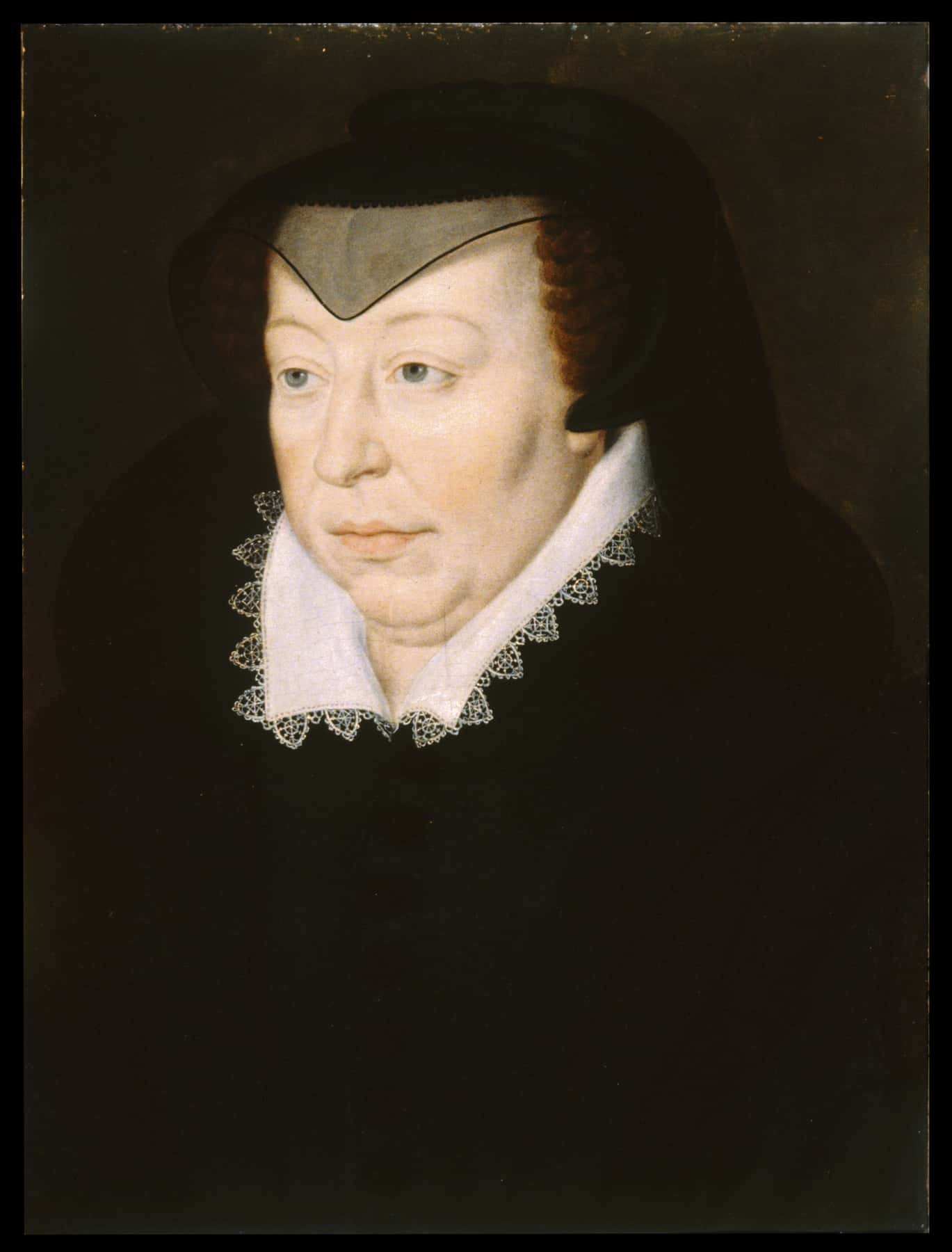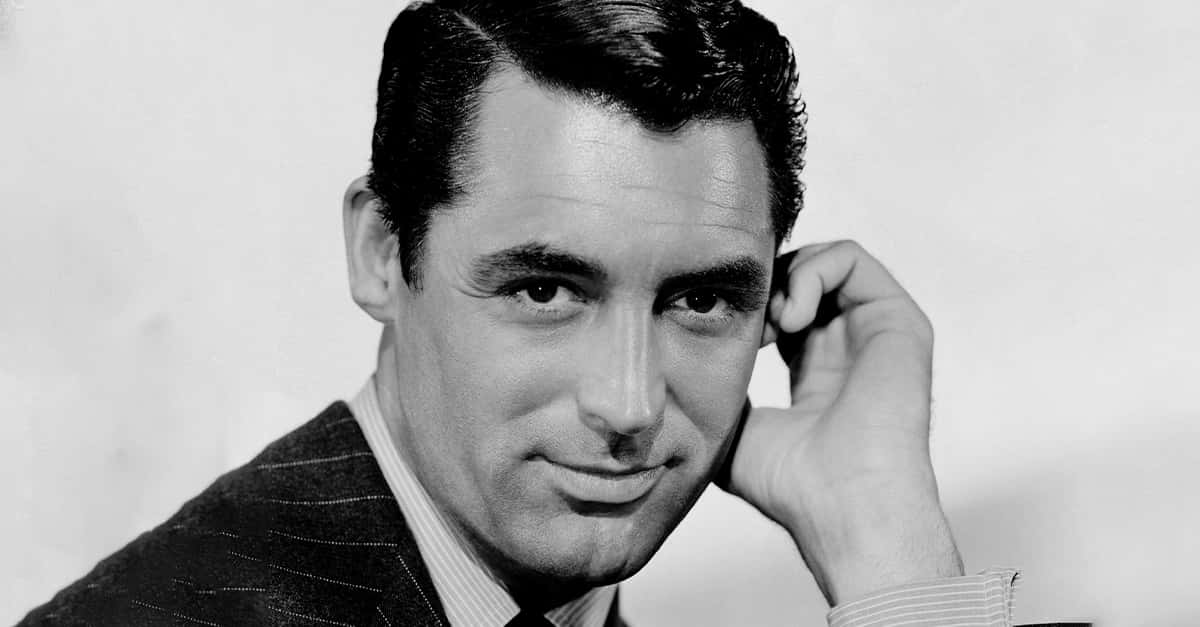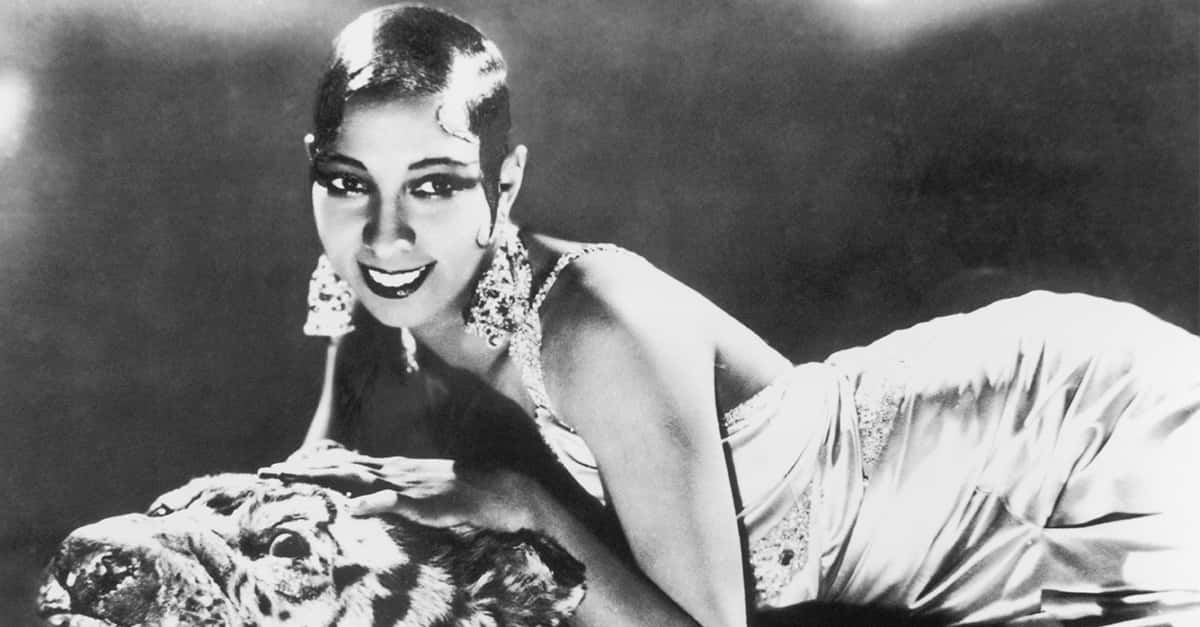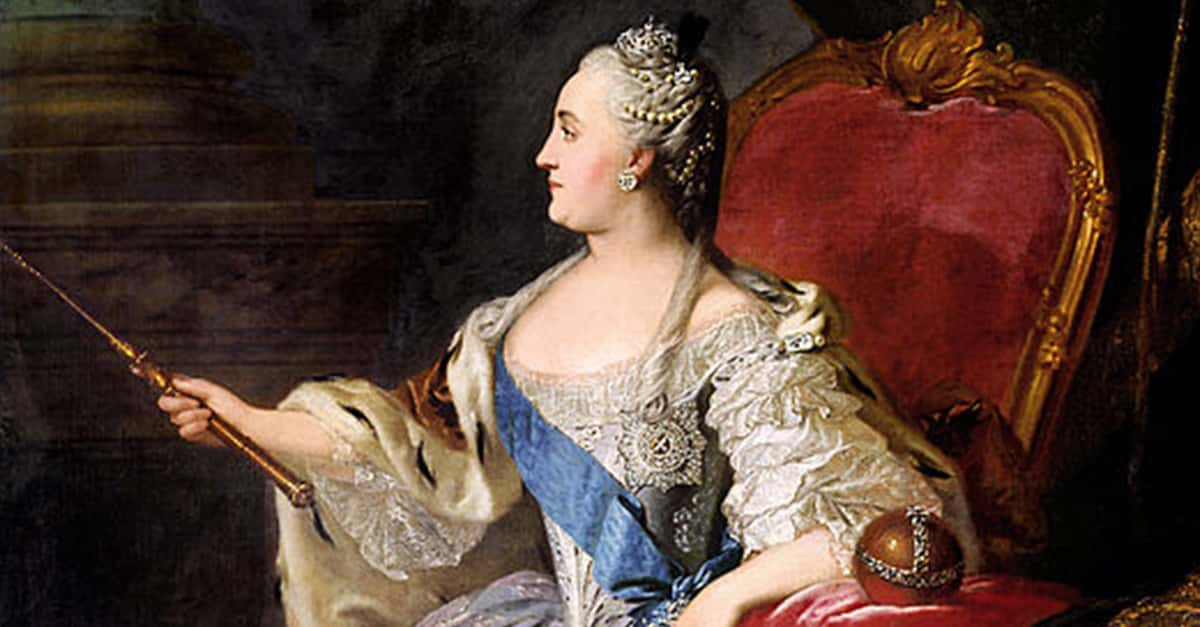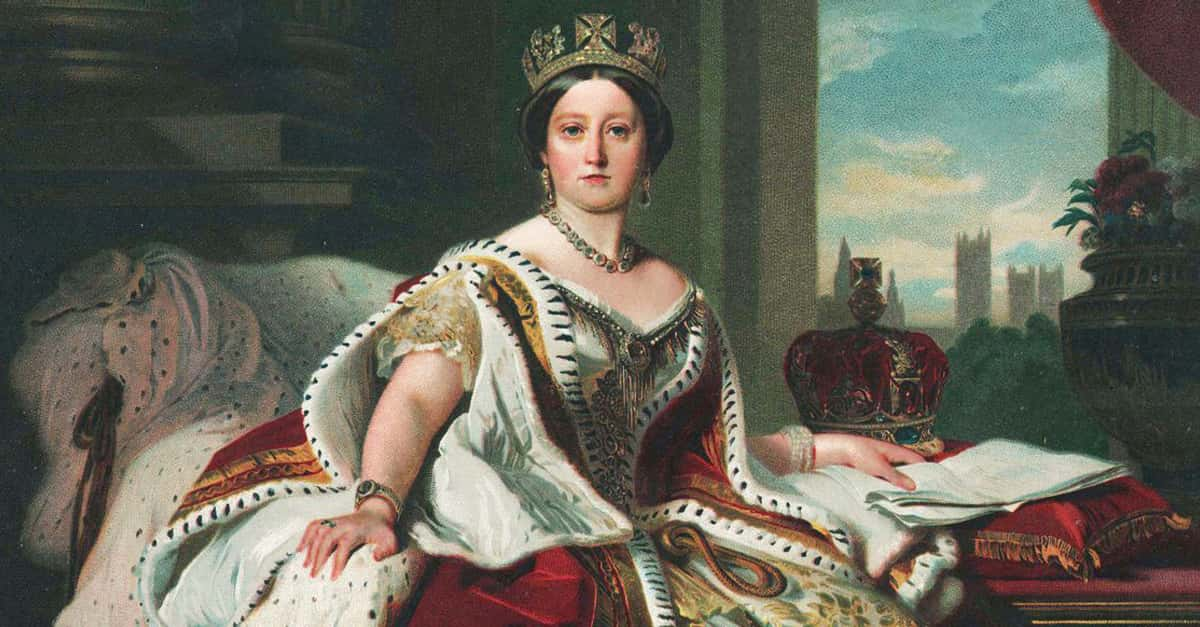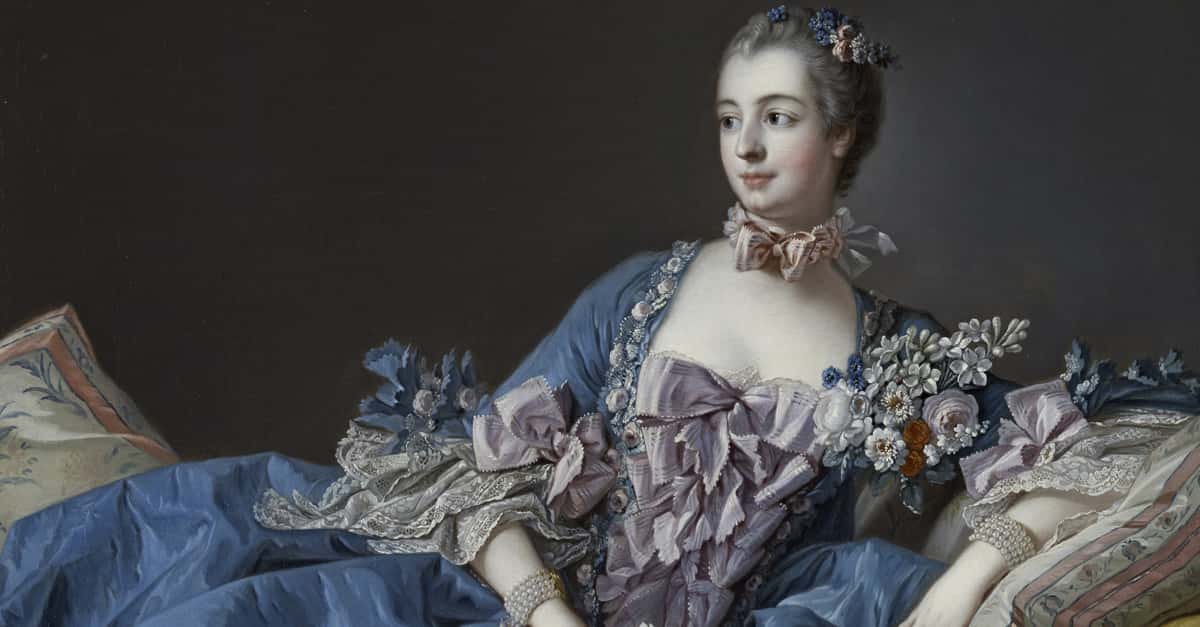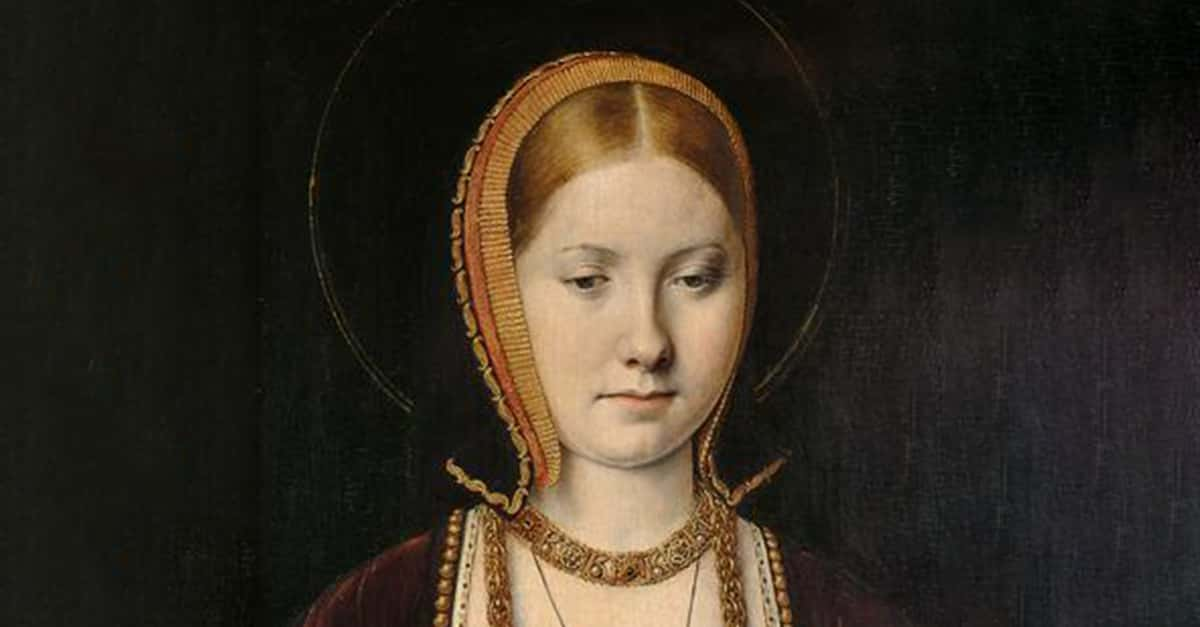Nothing But A Puppet
The Ottoman Empire of the 17th century was a chaotic place, where its people could witness the swift highs and brutal lows of those in power. One of the prime examples of this political disorder was the life of Sultan Mustafa I. Throughout his reign, Mustafa was constantly shadowed by those who would take advantage of his deteriorated mental state—that is, if he truly was mad.

1. His Father Was Especially Ruthless
Born around 1600—to Sultan Mehmed III and his consort, Halime Hatun, Mustafa I’s turbulent life seemed foreshadowed by his father’s merciless nature. According to Ottoman tradition at the time, Sultans who ascended the throne would execute their brothers, a custom that Mehmed III fulfilled wholeheartedly when he executed his 19 half-brothers.
Luckily for him, Mustafa was able to avoid this.
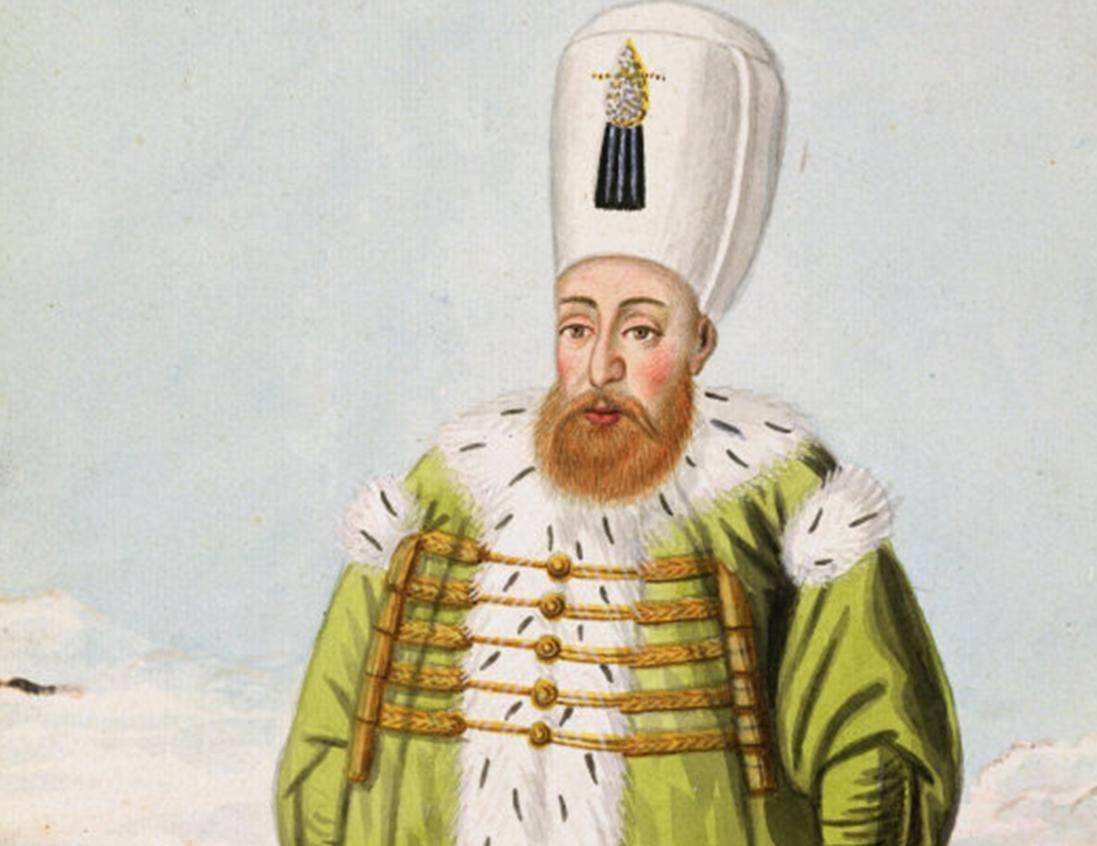 John Young (1755-1825), Wikimedia Commons
John Young (1755-1825), Wikimedia Commons
2. He Escaped Execution
Mustafa’s story might have been much shorter if his brother had stayed true to Ottoman customs. When Ahmed I became Sultan in 1603, the expectation was that he would execute his male siblings, including his younger half-brother, Mustafa. Luckily, Ahmed made the groundbreaking choice against this, allowing Mustafa to live.
There were several factors in this decision.
 Unknown Author, Wikimedia Commons
Unknown Author, Wikimedia Commons
3. She Stepped In
Many influences contributed to Ahmed’s mercy, some of which came from those closest to him. Kösem Sultan was his favorite consort, but their son was not first in line since the true heir was Osman, Ahmed’s eldest son with another consort. Since Osman would execute her son if he ascended, Kösem influenced Ahmed to keep Mustafa alive as a potential heir instead.
Mustafa’s execution would have posed another problem as well.
 TIMS Productions, Magnificent Century: Kosem (2015–2017)
TIMS Productions, Magnificent Century: Kosem (2015–2017)
4. He Risked Destroying Everything
Beyond acting out of his consort’s influence, Ahmed would have threatened the future of his dynasty had he executed Mustafa. Ahmed didn’t start having sons until a year into his reign, so there were no other potential successors when he became sultan. If Mustafa perished and Ahmed never had any children, it would be the end of their royal line.
There were some sentimental reasons too.
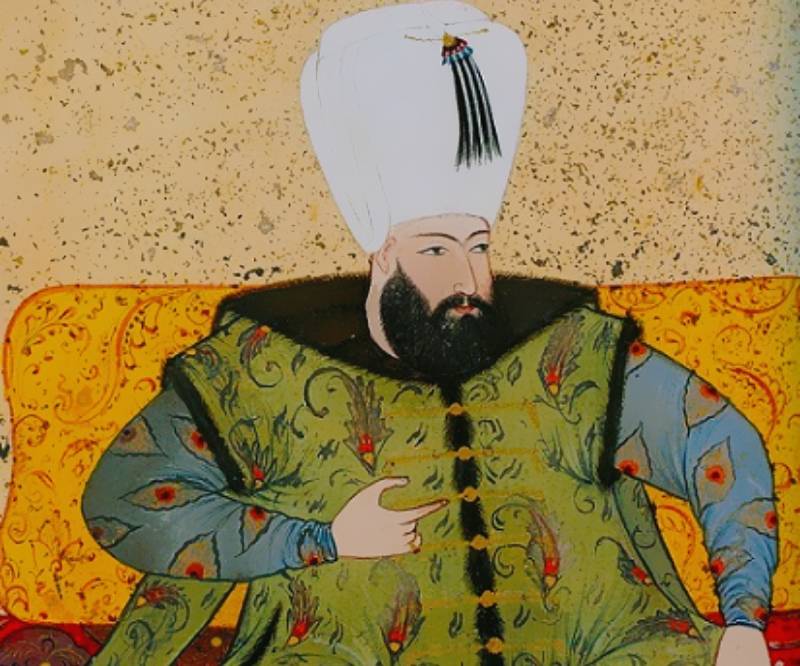 Abdulcelil Levni, Wikimedia Commons
Abdulcelil Levni, Wikimedia Commons
5. He Loved Him
There were plenty of strategic reasons to spare Mustafa’s life, but records suggest that Ahmed had a more basic motive. According to various accounts of foreign ambassadors, the Sultan was fond of his half-brother, allegedly having a great relationship with Mustafa. He was also likely reacting to past trauma.
 TIMS Productions, Magnificent Century: Kosem (2015–2017)
TIMS Productions, Magnificent Century: Kosem (2015–2017)
6. He Avoided Repeating History
Along with Ahmed’s refusal to execute the half-brother he had grown close with, he also had no desire to relive a horrible recent experience. Several months before his ascension, his father executed his older brother Şehzade Mahmud, an event that Ahmed took very hard. At the very least, Ahmed felt sorry for Mustafa, who was still quite young at the time.
However, when Ahmed’s time was up, his decision resulted in an issue.
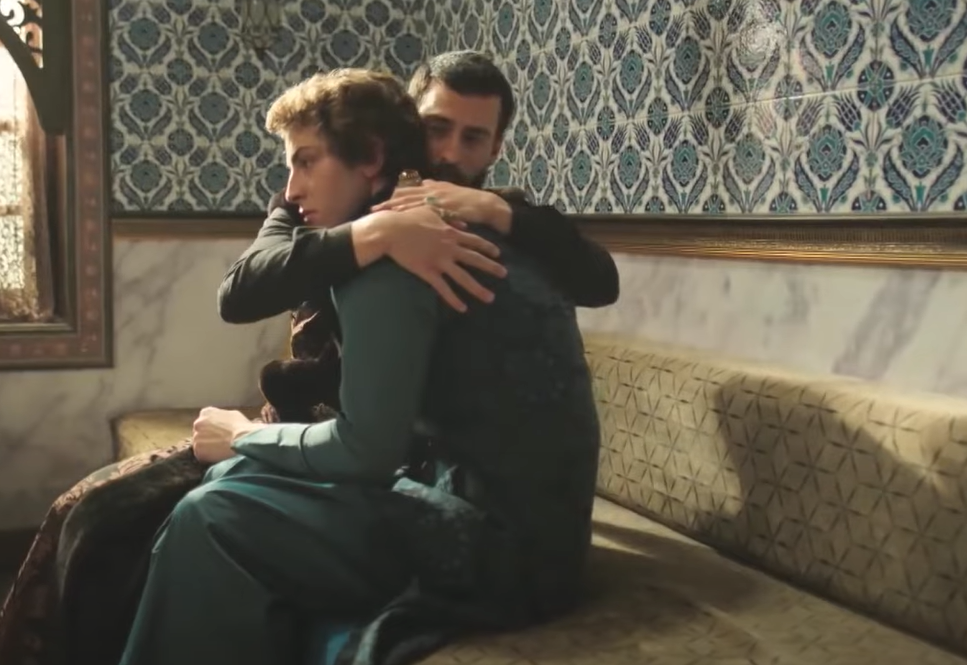 TIMS Productions, Magnificent Century: Kosem (2015–2017)
TIMS Productions, Magnificent Century: Kosem (2015–2017)
7. They Encountered A Problem
Ahmed sired 13 sons by the time he perished in 1617, and since Mustafa was still alive, those in power faced a predicament. Concerning who would succeed him as Sultan, there were numerous possible contenders, all of which lived together in Topkapi Palace. Bizarrely, this was the first time such a thing had occurred in Ottoman history.
Still, they had to make a choice.
 TIMS Productions, Magnificent Century: Kosem (2015–2017)
TIMS Productions, Magnificent Century: Kosem (2015–2017)
8. He Was Chosen
Osman was Ahmed’s eldest son and the most natural heir to his throne, but a faction of the court elected to ignore this. Faced with their unprecedented issue, they instead chose to enthrone Mustafa later in 1617, who became Sultan Mustafa I. There were several arguments to justify his ascension.
 TIMS Productions, Magnificent Century: Kosem (2015–2017)
TIMS Productions, Magnificent Century: Kosem (2015–2017)

History's most fascinating stories and darkest secrets, delivered to your inbox daily.
9. He Argued His Age
One of the people favoring Mustafa’s ascension was Sofu Mehmed Pasha, who put forward a strange justification for his decision. Acting in place of the absent Grand Vizier, his words held more weight as he explained that Osman was too young to be Sultan at 14, as opposed to the slightly older Mustafa.
In retrospect, this argument is suspiciously illogical.
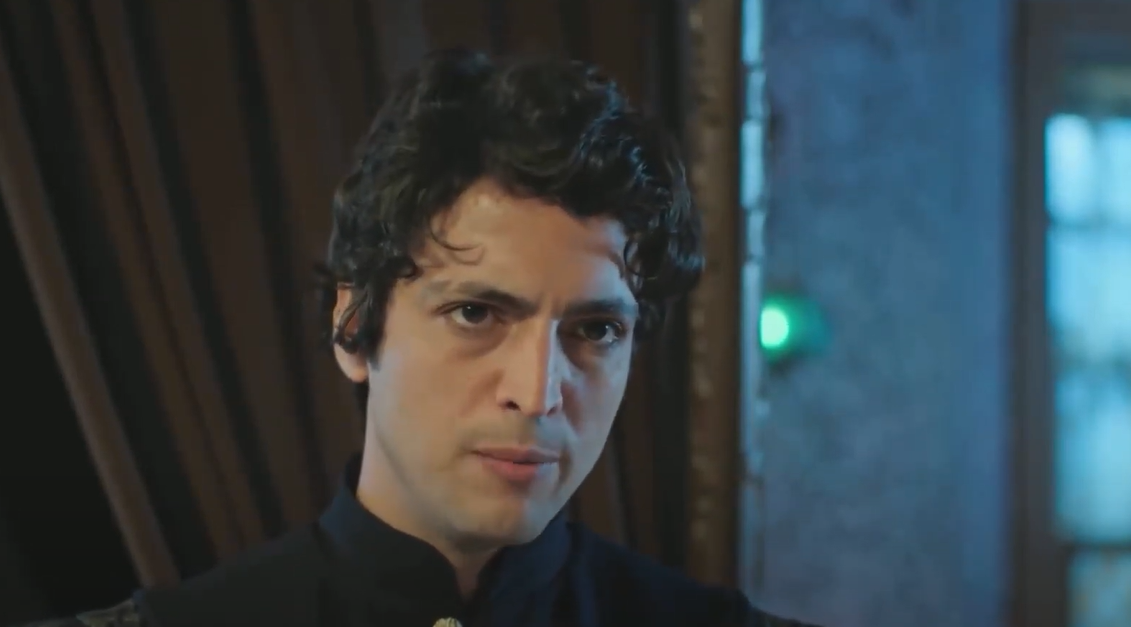 TIMS Productions, Magnificent Century: Kosem (2015–2017)
TIMS Productions, Magnificent Century: Kosem (2015–2017)
10. His Argument Was Unfounded
In the end, Sofu Mehmed’s explanation proved enough for Mustafa to take the throne instead of Osman. However, some at the time—and many historians since—pointed out how baseless the idea of Osman being too young was. Countless Sultans had previously ascended at young ages, including Ahmed I who'd been just 13.
Naturally, there were some rebuttals.
 TIMS Productions, Magnificent Century: Kosem (2015–2017)
TIMS Productions, Magnificent Century: Kosem (2015–2017)
11. He Spoke Against Their Decision
Although it went through, the decision to enthrone Mustafa wasn’t unanimous, and one man possibly argued the loudest. Kızlarağası Mustafa Agha, head of the Ottoman Imperial Harem’s guards, was adamantly against the ruling. Although everyone ignored him, he tried to convince the court that Mustafa I was mentally unfit.
To prove his point, he put forward several examples.
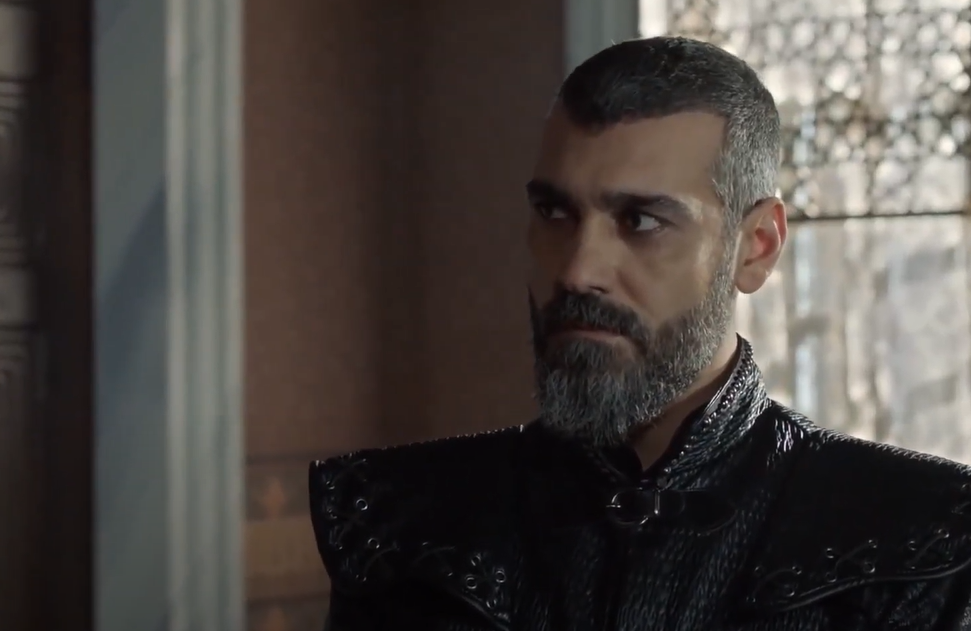 TIMS Productions, Magnificent Century: Kosem (2015–2017)
TIMS Productions, Magnificent Century: Kosem (2015–2017)
12. He Told Stories
The idea that Mustafa’s mental health was declining was not without backing, at least in the eyes of Kızlarağası. He outlined multiple instances where Mustafa I allegedly acted strangely. These included bizarre theatre performances, frequent long visits to nearby tombs and the sea, and the act of tossing pearls over the fish.
Nevertheless, Mustafa went on to make waves.
 TIMS Productions, Magnificent Century: Kosem (2015–2017)
TIMS Productions, Magnificent Century: Kosem (2015–2017)
13. He Was The First
Even though his ascension was already the result of an unprecedented dilemma, it marked another event that had never taken place in the Empire’s history. Unlike each ruler before him, Mustafa was the first brother of a Sultan to take the throne as opposed to the Sultan’s son. As the centuries continued, this would prove to be more than just a fluke.
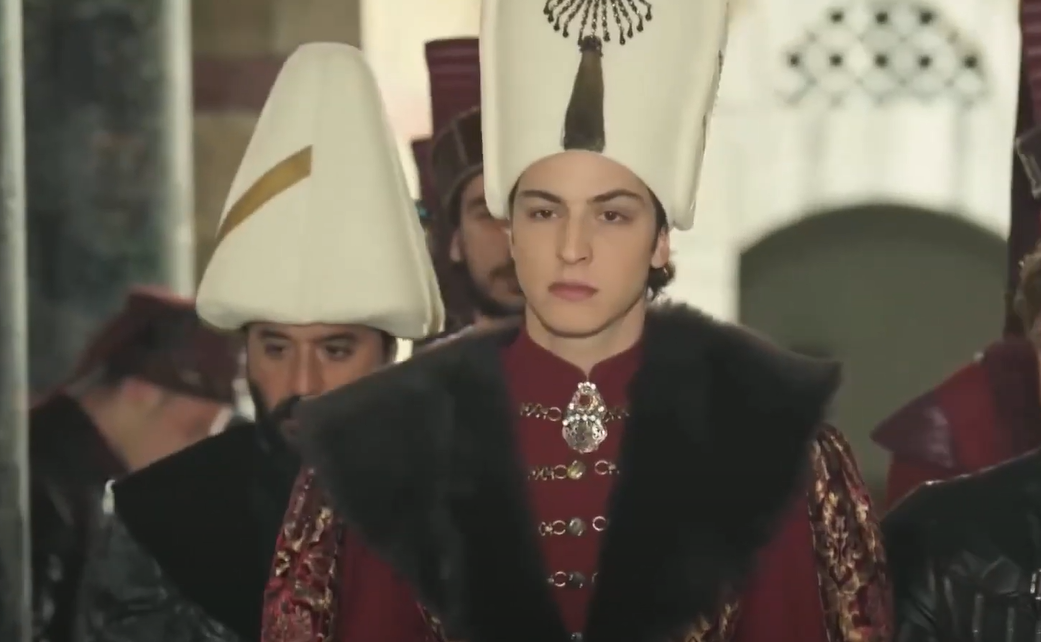 TIMS Productions, Magnificent Century: Kosem (2015–2017)
TIMS Productions, Magnificent Century: Kosem (2015–2017)
14. He Changed The System
As Mustafa became Sultan and threw the monarchal system out of whack, it naturally sparked controversy throughout the Empire. Still, those after him didn’t see his ascension as a negative change, and the basis of choosing an heir solely on seniority continued until the Ottoman Empire fell in 1922.
However, this likely didn’t seem like the right call immediately.
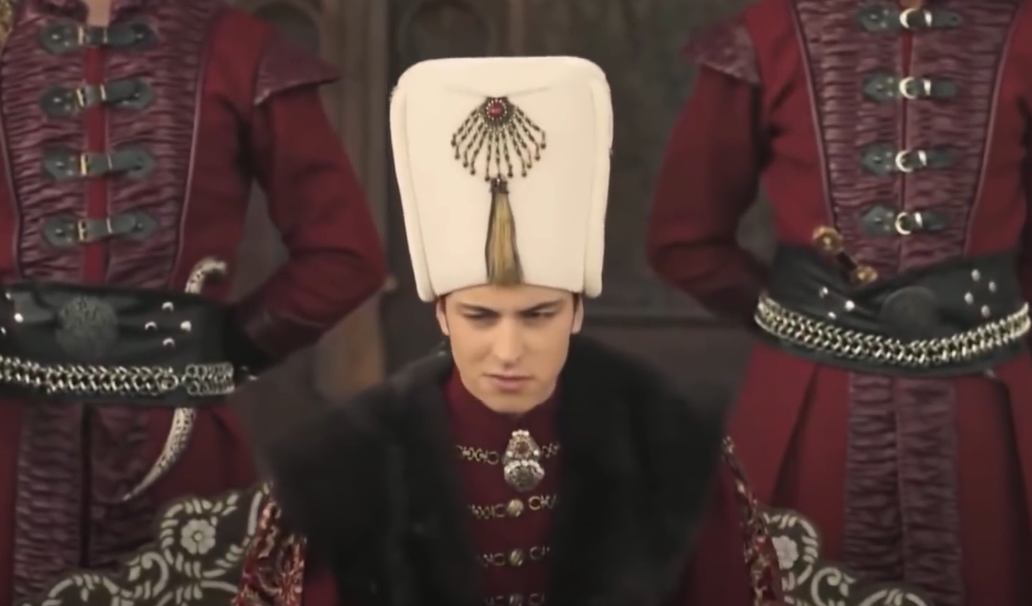 TIMS Productions, Magnificent Century: Kosem (2015–2017)
TIMS Productions, Magnificent Century: Kosem (2015–2017)
15. His Mind Worsened
Through the early months of his reign, it was clear that Mustafa’s madness was not decreasing. Hoping for the best, the people around him believed it would eventually pass, assuming that it stemmed from the childhood fear he had experienced of possibly being executed. These hopes were in vain, and his mind seemed only to deteriorate further.
As his reign continued, some would take advantage of his mental state.
 TIMS Productions, Magnificent Century: Kosem (2015–2017)
TIMS Productions, Magnificent Century: Kosem (2015–2017)
16. She Gained Power
When Mustafa ascended to power, a few others found themselves in favorable positions, especially due to his growing insanity. Arguably the most prominent was his mother, Halime Sultan, who became his regent. Unable to perform many duties as Sultan, Mustafa’s authority fell to Halime.
Still, there were some attempts to heal him.
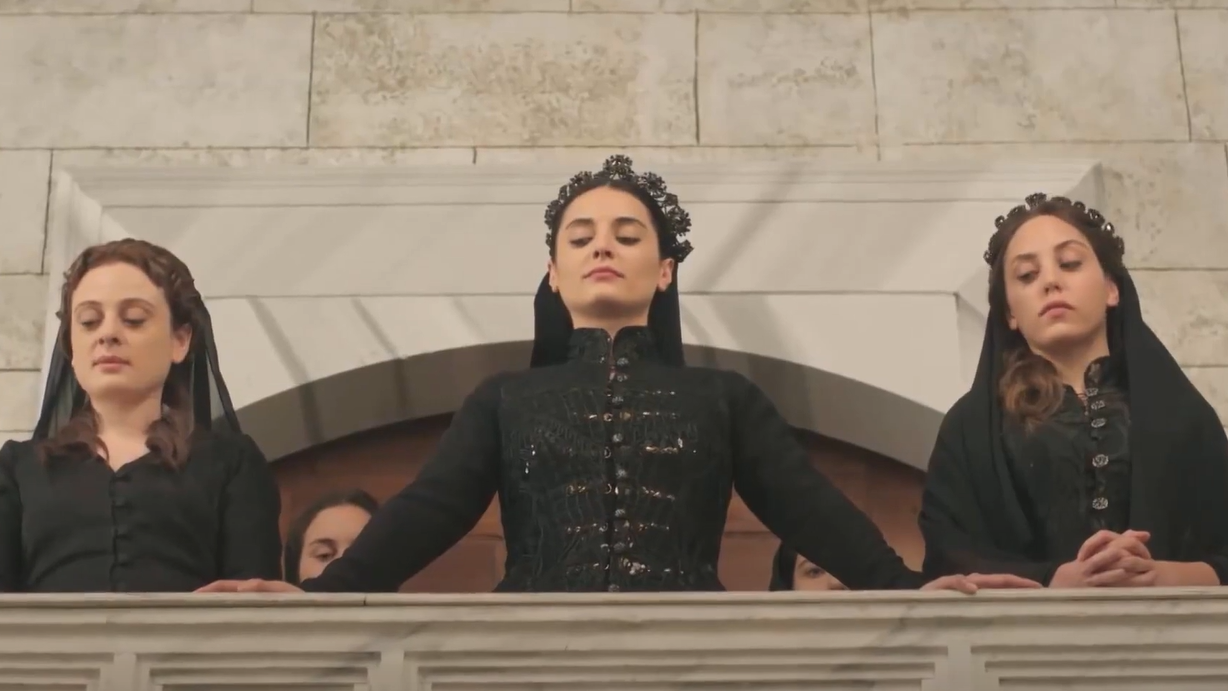 TIMS Productions, Magnificent Century: Kosem (2015–2017)
TIMS Productions, Magnificent Century: Kosem (2015–2017)
17. They Tried To Help
Mustafa’s state of mind was becoming an issue, and his courtiers were unsatisfied with letting it proceed unchecked, seemingly trying everything to heal him. Doctors came in and prescribed medicine, but nothing seemed to do the trick. Aside from these treatments, they assigned some more basic remedies.
 TIMS Productions, Magnificent Century: Kosem (2015–2017)
TIMS Productions, Magnificent Century: Kosem (2015–2017)
18. He Went Outside More
When medicine wasn’t working to quell Mustafa’s madness, his doctors simply ordered him to get some fresh air. Doctors attributed part of his mental state to the amount of time he had spent locked up in the palace, so the theory was that the more contact he had with people, the better he would get.
This didn’t work as well as they hoped.
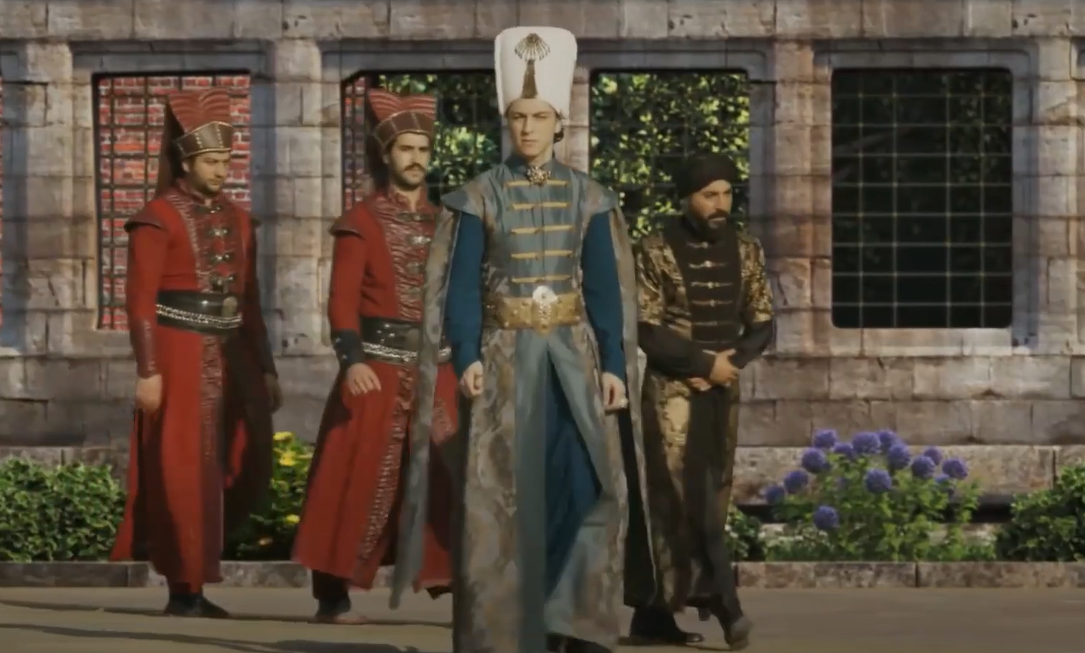 TIMS Productions, Magnificent Century: Kosem (2015–2017)
TIMS Productions, Magnificent Century: Kosem (2015–2017)
19. He Was A Public Menace
As soon as Mustafa gained the freedom to socialize, he unfortunately made his courtiers believe it wouldn’t do any good. Where he was previously prone to tossing pearls on the fish of the sea, he started throwing coins at them, and birds, as well. Plus, he had a habit of tugging on the beards of his viziers and knocking their turbans off.
For some, this was the perfect situation.
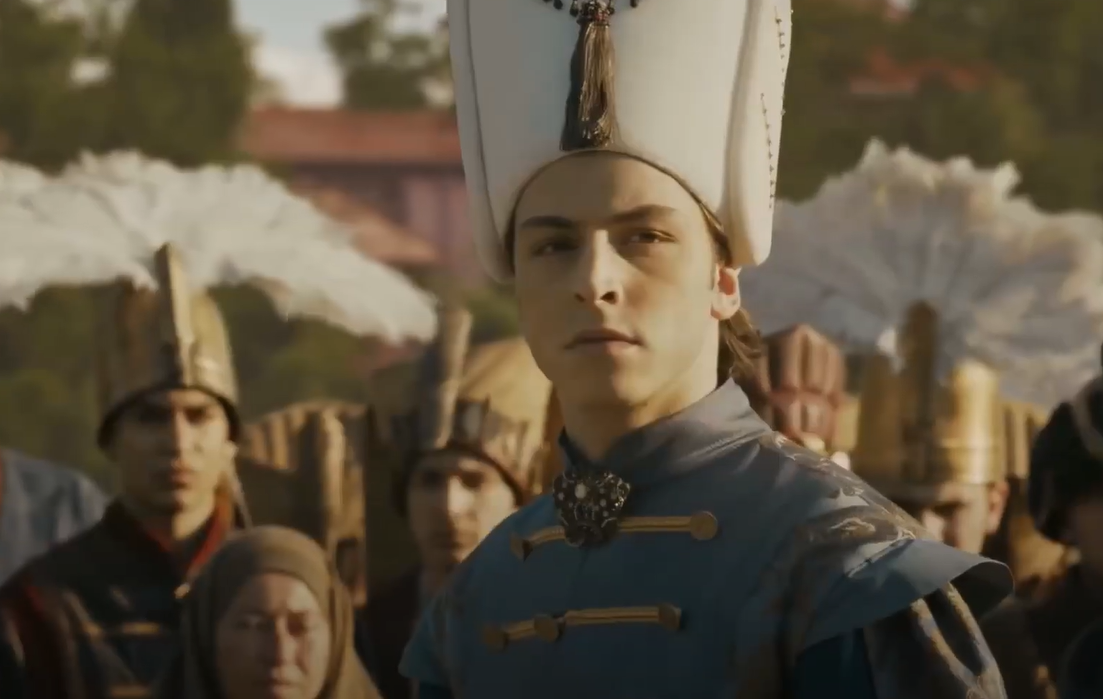 TIMS Productions, Magnificent Century: Kosem (2015–2017)
TIMS Productions, Magnificent Century: Kosem (2015–2017)
20. They Took Advantage
While many likely viewed Mustafa’s declining mental health as a detriment, others saw it as an opportunity. Several enterprising individuals framed his eccentric behavior as a state of “cezbe,” meaning “mystical rapture”. This elevated him to a figure of reverence, perpetuating the concept that he had risen above the boundaries of the mortal realm.
To this end, they spread stories of his greatness.
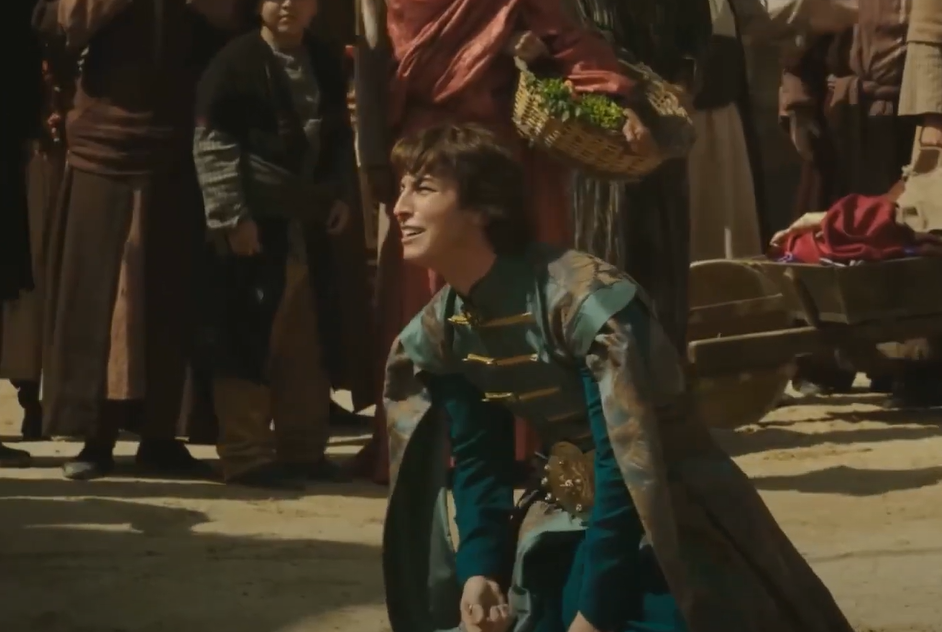 TIMS Productions, Magnificent Century: Kosem (2015–2017)
TIMS Productions, Magnificent Century: Kosem (2015–2017)
21. He Became Divine
To keep up the idea of Mustafa being a saint-like figure, several supporters told of his holy acts, also known as “karamat”. Usually, these kinds of miracles included foreseeing the future or divining someone’s innermost feelings. At the same time, many in charge clearly had a diminished view of Mustafa.
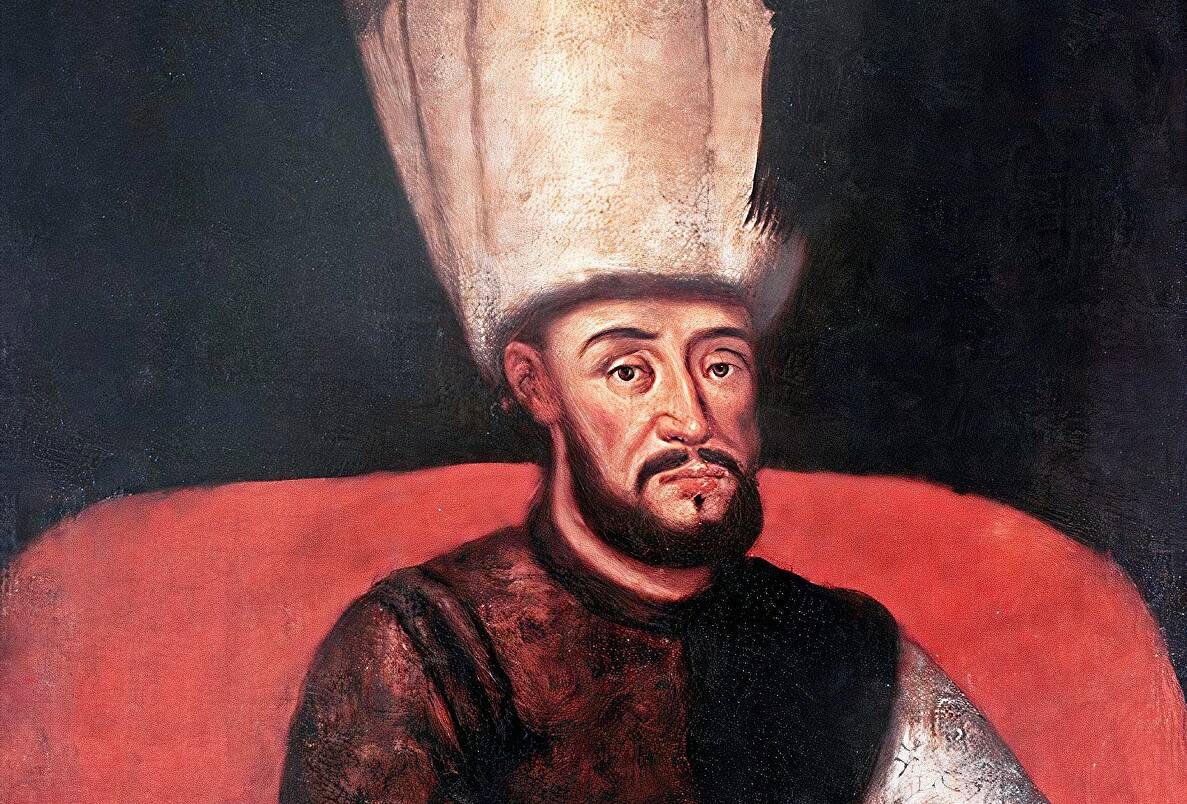 Unknown painter, CC BY-SA 4.0, Wikimedia Commons
Unknown painter, CC BY-SA 4.0, Wikimedia Commons
22. He Wasn’t Memorialized
Exemplifying the court’s general disregard for Mustafa, the money during his rule remained unchanged from those before him. As the Empire’s coins rolled out, the public found they featured only the engraved names of Mustafa’s older brother, Sultan Ahmed I, and their father, Sultan Mehmed III.
However, this was the least of Mustafa’s problems.
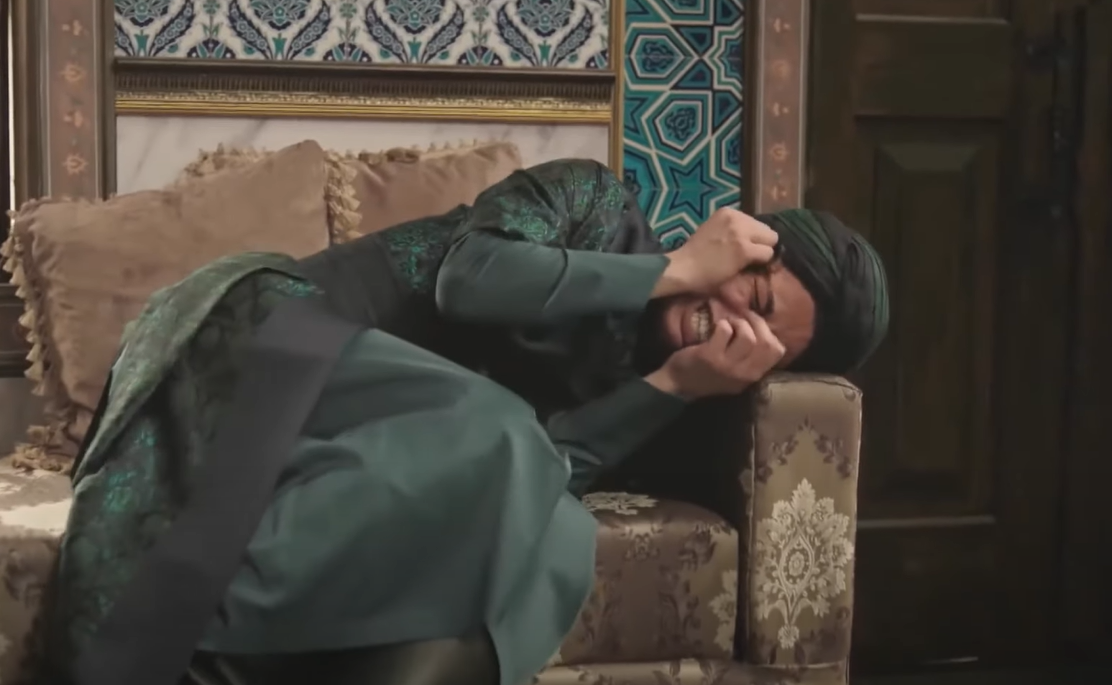 TIMS Productions, Magnificent Century: Kosem (2015–2017)
TIMS Productions, Magnificent Century: Kosem (2015–2017)
23. He Escalated His Efforts
Kızlarağası Mustafa Agha never let go of his initial reservations toward Mustafa I. Rather than accept the decision, he continued maligning the Sultan’s reputation. Sending correspondence to the heads of state, he accused Mustafa I of planning to execute all the şehzades—or princes.
This threat was worse considering Mustafa’s marital status.
 TIMS Productions, Magnificent Century: Kosem (2015–2017)
TIMS Productions, Magnificent Century: Kosem (2015–2017)
24. He Was Single
Until his demise, Mustafa I was never married, never had children, and obstinately refused to let women near him, which, if the Kızlarağası’s letter was true, spelled doom. According to the accusations, Mustafa intended to eliminate all the heirs to the thrones, effectively ending the dynasty.
Sadly for him, this was enough to end his rule.
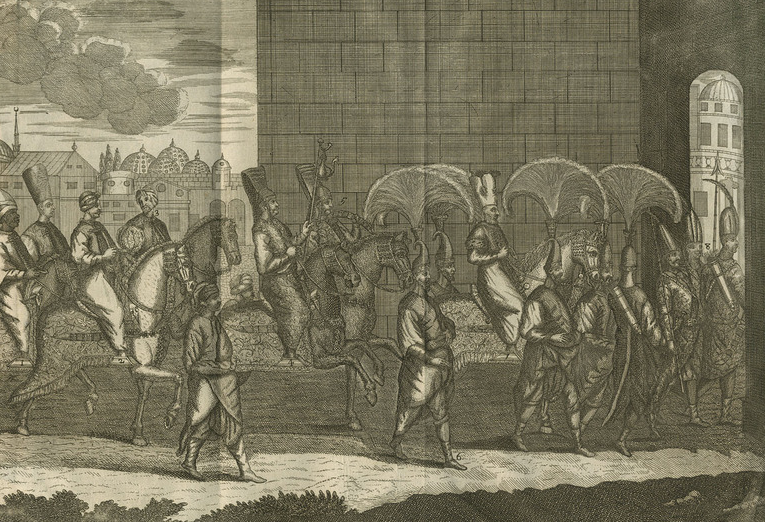 Aubry de La Motraye, Wikimedia Commons
Aubry de La Motraye, Wikimedia Commons
25. He Lost His Power
In 1618, after only a few months of Mustafa I’s rule, those unhappy with him were finally satisfied when Kızlarağası Mustafa Agha seized his chance. While visiting the palace with the rest of the guards to collect their salaries, the Kızlarağası locked the Sultan in his room. This allowed like-minded insurrectionists to depose Mustafa I.
Following this, one of his family members was quick to replace him.
 TIMS Productions, Magnificent Century: Kosem (2015–2017)
TIMS Productions, Magnificent Century: Kosem (2015–2017)
26. His Nephew Rose Up
With Mustafa out of the picture, there was an obvious choice as to who would replace him as Sultan. So, on February 26, 1618, his nephew Osman ascended the throne, becoming Sultan Osman II. Showing leniency, he allowed Mustafa to live and sent him to the Old Palace in Bayezid district, only to bring him back to Topkapi Palace to be kept under guard.
For everyone else, Osman could tell any story he wanted.
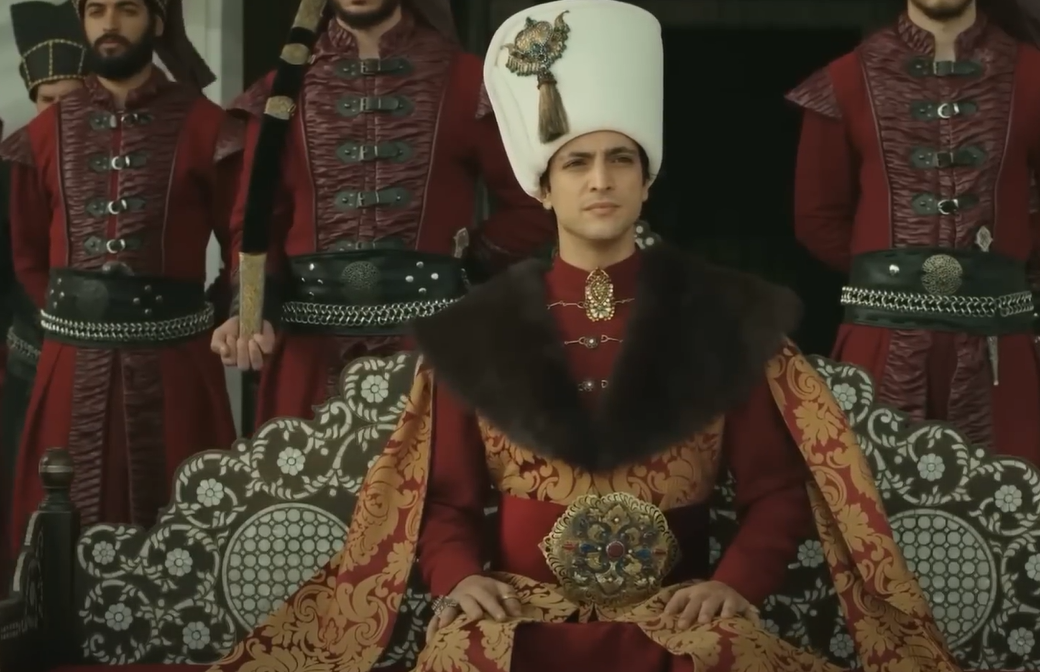 TIMS Productions, Magnificent Century: Kosem (2015–2017)
TIMS Productions, Magnificent Century: Kosem (2015–2017)
27. They Established A Narrative
Although Osman replaced Mustafa through a coup, the story he told the public was much more peaceful. According to the new ruler, Mustafa had unlawfully become Sultan in the first place. Furthermore, Osman lied that his predecessor had willingly given up the throne. Following this, it was evident that Osman did not inherit his father’s mercy.
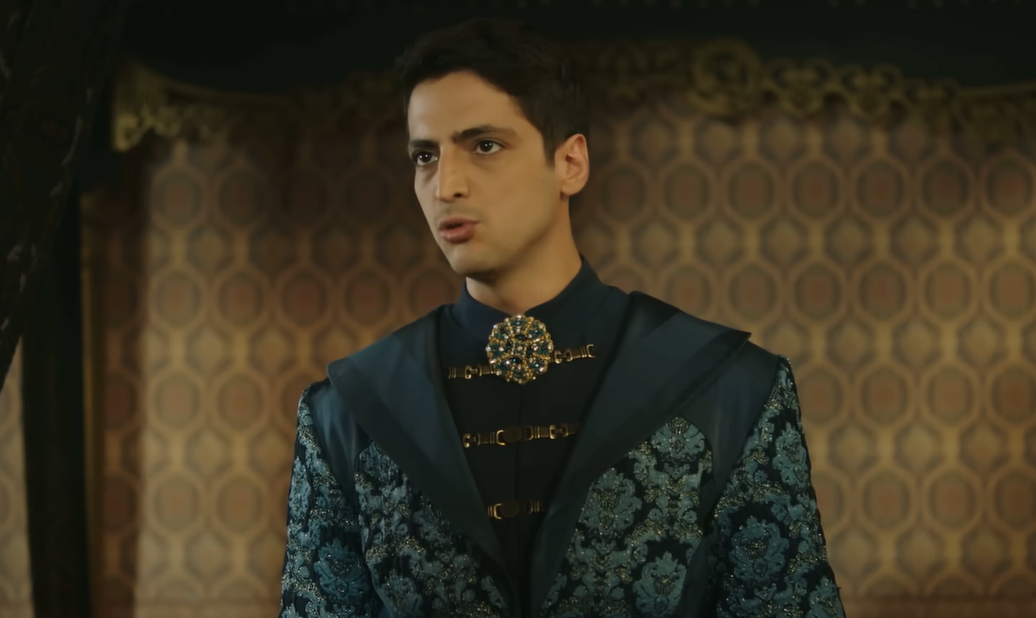 TIMS Productions, Magnificent Century: Kosem (2015–2017)
TIMS Productions, Magnificent Century: Kosem (2015–2017)
28. He Was Different From His Father
When Ahmed originally spared Mustafa’s life, part of the reason was Kösem Sultan’s fear of Osman’s ascension, which sadly came to fruition. After becoming Sultan, Osman II returned to Ottoman tradition and executed his half-brother Mehmed, Kösem’s son. As fate would have it, his reign wouldn’t last much longer than Mustafa’s.
29. His Rule Was Short
Sultan Osman II reigned for four years and implemented several changes that didn’t go over so well, especially with those who were instrumental in his downfall. The Janissaries were the Sultan’s household infantry warriors who, unhappy with his rule, staged an insurrection in 1622 and executed Osman.
Mustafa’s biggest threat may have diminished, but his life remained at risk.
 TIMS Productions, Magnificent Century: Kosem (2015–2017)
TIMS Productions, Magnificent Century: Kosem (2015–2017)
30. He Was Weak
The Janissaries freed Mustafa from imprisonment in his chambers, but even though they had overthrown Osman, Topkapı Palace was still dangerous. Mustafa was sent back to the Old Palace for protection, but the journey was a rough one. His imprisonment did nothing to help his well-being, and he wasn’t strong enough to stay on a horse, necessitating travel by carriage.
Once he recuperated enough, however, he demonstrated his strength.
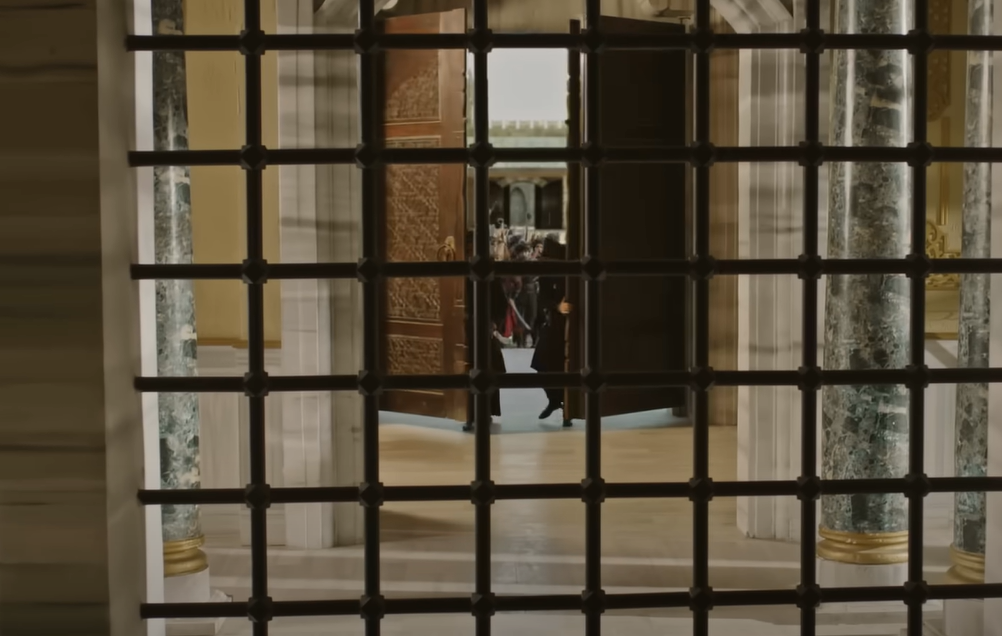 TIMS Productions, Magnificent Century: Kosem (2015–2017)
TIMS Productions, Magnificent Century: Kosem (2015–2017)
31. He Made A Ruthless Decision
As Osman II’s reign ended in rebellion instead of normal circumstances, it fell to the rebels to install a new ruler in his place. With little choice, the Janissaries picked Mustafa to resume his role as Sultan, but that didn’t mean it was what he wanted. Shortly after his rule began, he made his ingratitude evident, ordering the execution of everyone involved with his nephew's demise.
Despite this initial show of strength, he still wasn’t free of others taking advantage of him.
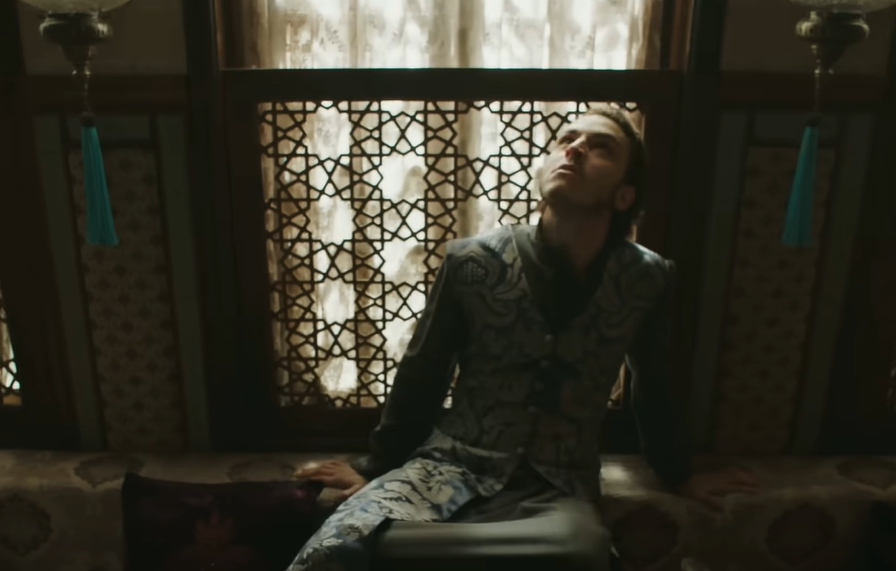 TIMS Productions, Magnificent Century: Kosem (2015–2017)
TIMS Productions, Magnificent Century: Kosem (2015–2017)
32. They Only Used Him
Even though he was freed from captivity and reappointed to Sultan, Mustafa’s sanity continued to crumble. This was still a benefit for those truly behind the throne, namely his family members. Both his mother and the Grand Vizier, Mustafa’s brother-in-law, used his instability to wield power through him.
As the months wore on, it grew more difficult to argue Mustafa’s capability.
 TIMS Productions, Magnificent Century: Kosem (2015–2017)
TIMS Productions, Magnificent Century: Kosem (2015–2017)
33. He Lost Touch Of Reality
Even though Osman had replaced him, and had already perished, Mustafa's thoughts seemed stuck on the memory of his nephew. In a grim routine, Mustafa would regularly wander the palace and call out to Osman, begging him to take back the throne and free him from the “great burden” of being Sultan.
No matter how much he hated his position, many still put him on a pedestal.
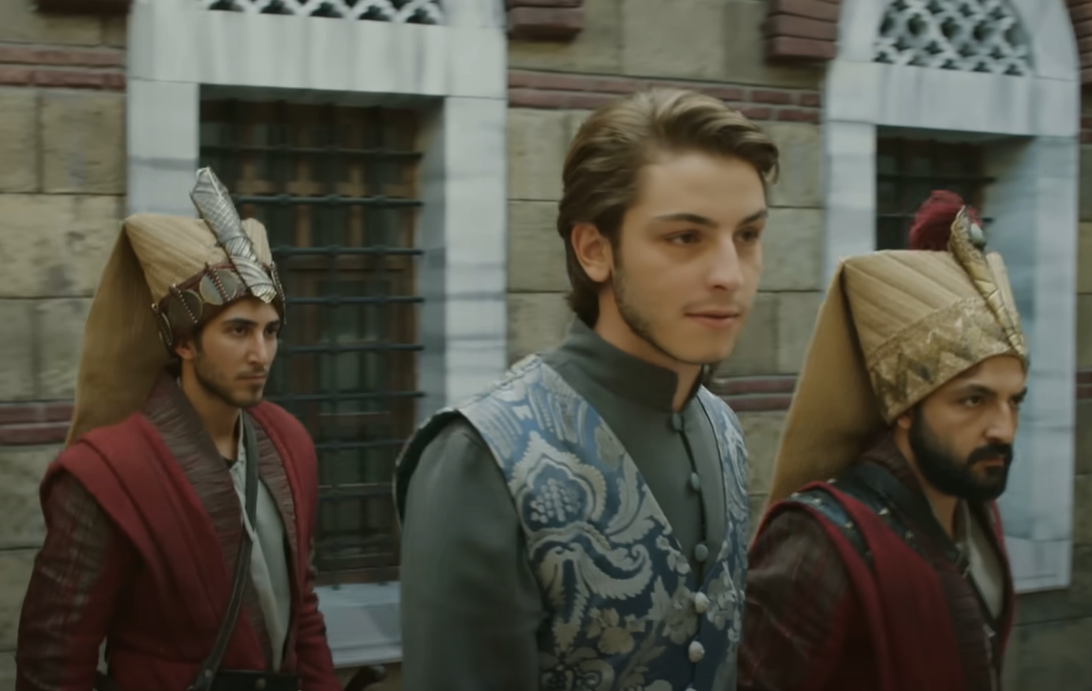 TIMS Productions, Magnificent Century: Kosem (2015–2017)
TIMS Productions, Magnificent Century: Kosem (2015–2017)
34. They Still Revered Him
Despite his perceived madness, Mustafa’s people admired his reported kindness. Many referred to him as "Veli," meaning “saint,” as he treated his subjects with great respect and care. For example, where Sultans customarily greeted only those of higher social statuses during celebrations, he instead did so for everyone equally.
However, while he acted like a saint, the rest of his Empire fell into violent disorder.
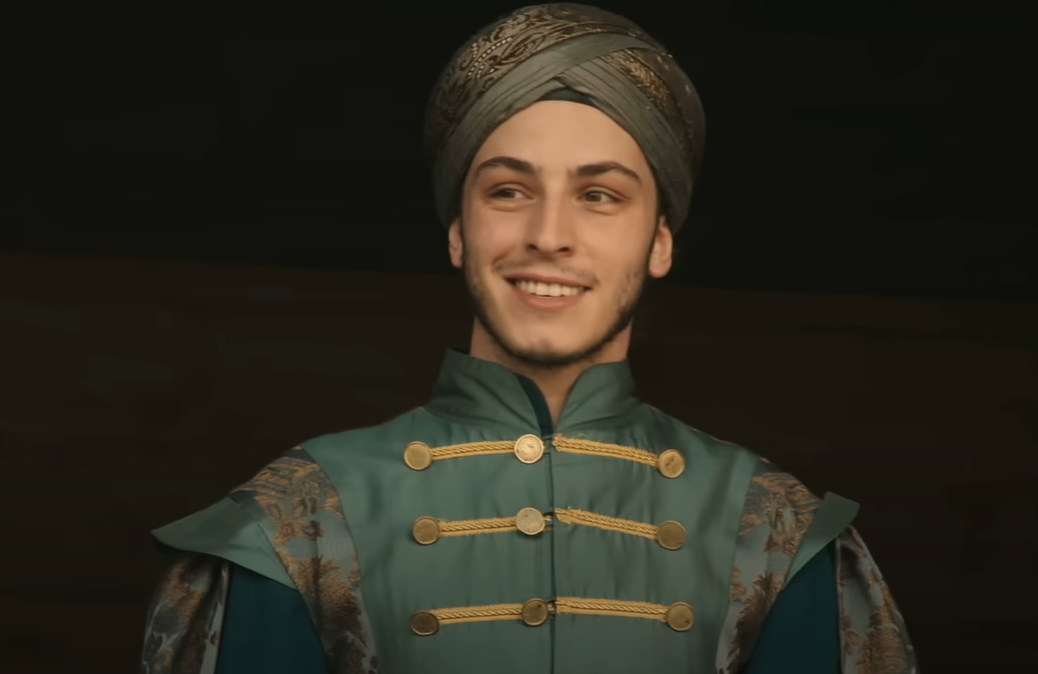 TIMS Productions, Magnificent Century: Kosem (2015–2017)
TIMS Productions, Magnificent Century: Kosem (2015–2017)
35. He Saw Tensions Rise
As a result of Mustafa’s perceived lack of leadership, chaos began to grow throughout the Empire. Between 1622 and 1623, the Janissaries continued to be the center of significant hostility, contributing to Mustafa’s growing concerns. The warriors were involved in a severe schism between them and the Empire’s cavalry, called the sipahi.
Amid this, one man saw an opportunity to settle the score.
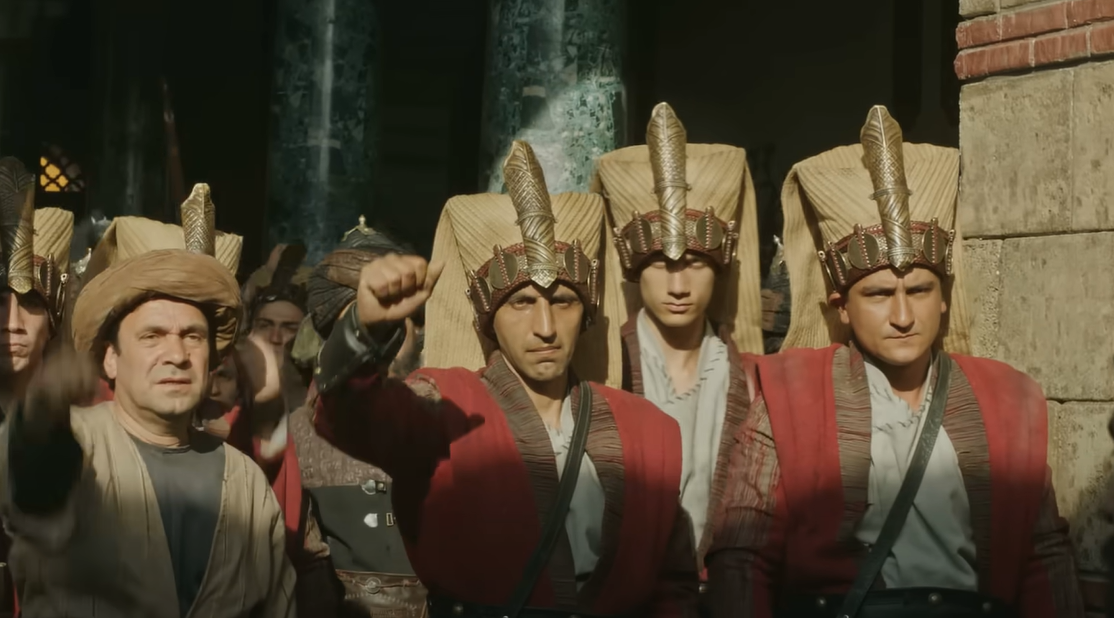 TIMS Productions, Magnificent Century: Kosem (2015–2017)
TIMS Productions, Magnificent Century: Kosem (2015–2017)
36. He Sought Vengeance
The governor of Erzurum, Abaza Mehmed Pasha, had previously supported Osman II in his changes to the Janissaries—including their planned abolition. Therefore, when he received news of Osman’s execution, he began the Abaza rebellion to avenge this loss and eradicate the Janissaries.
This rebellion wasn’t taken lightly.
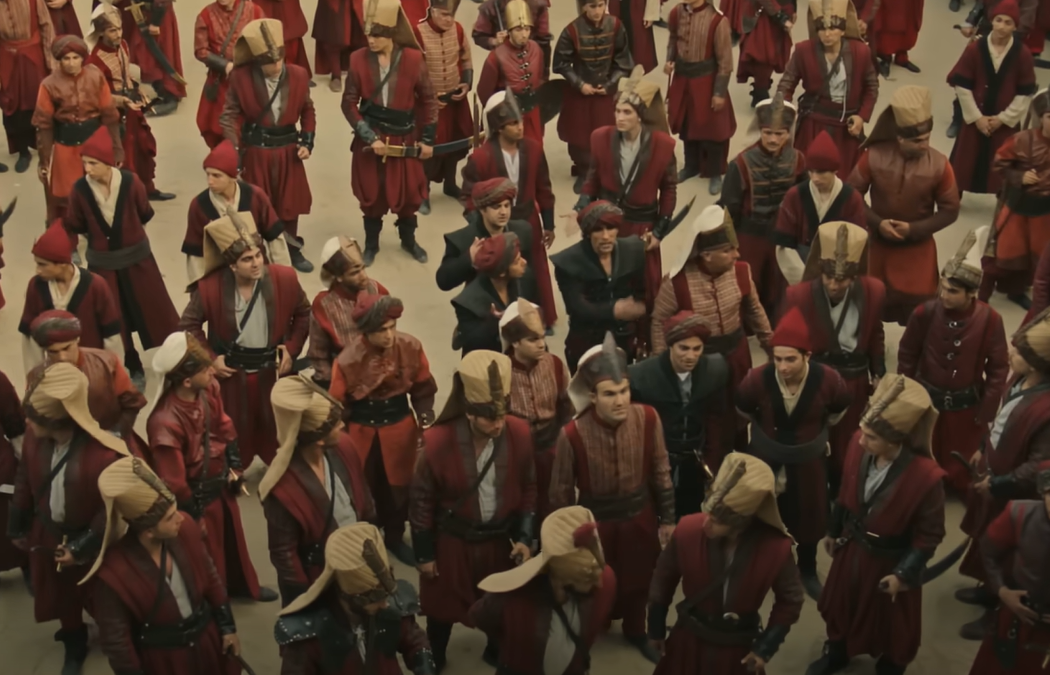 TIMS Productions, Magnificent Century: Kosem (2015–2017)
TIMS Productions, Magnificent Century: Kosem (2015–2017)
37. They Were Desperate
By the time the Abaza rebellion reached Istanbul, Mustafa’s officials were willing to try anything to appease Abaza Mehmed. Believing it would be enough to satisfy the governor, they executed Mustafa’s brother-in-law, the Grand Vizier Kara Davud Pasha. This did little to sway Abaza Mehmed, who proceeded with his attack.
Of course, these weren’t the only threats Mustafa needed to worry about.
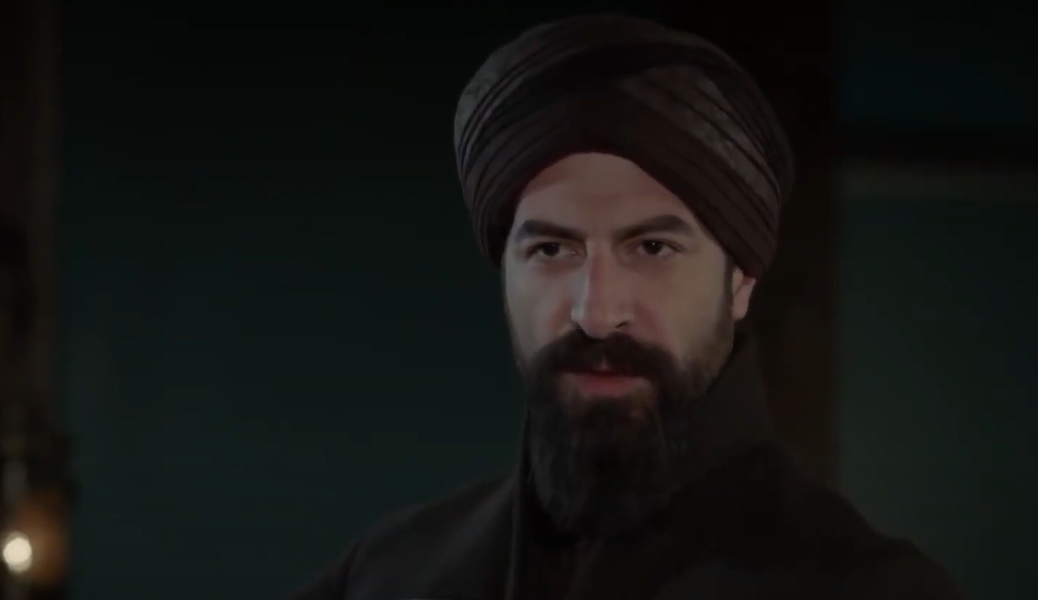 TIMS Productions, Magnificent Century: Kosem (2015–2017)
TIMS Productions, Magnificent Century: Kosem (2015–2017)
38. They Seized An Opportunity
While Mustafa and his heads of state tried to combat the discord within the Empire, an external threat added itself to their plate. The Ottomans previously held a truce with the Polish Cossacks, however as the Empire’s issues became evident, the Cossacks took advantage of the disarray and launched an attack.
With this addition, the issues during Mustafa’s reign only grew.
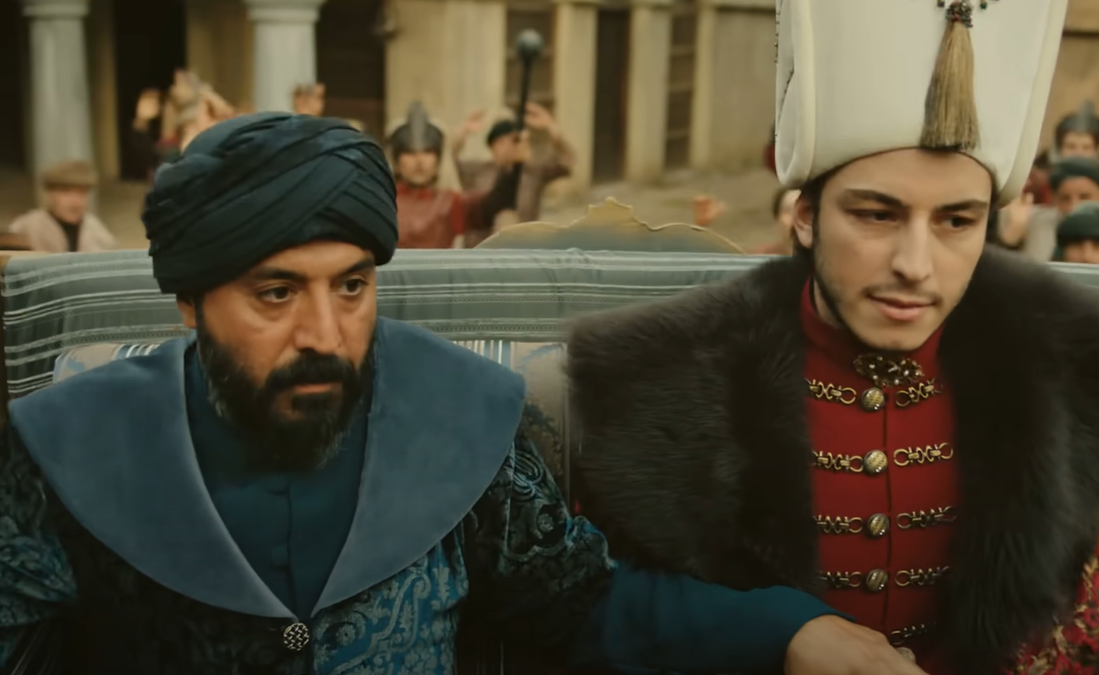 TIMS Productions, Magnificent Century: Kosem (2015–2017)
TIMS Productions, Magnificent Century: Kosem (2015–2017)
39. They Were Facing Chaos
Through multiple conflicts and rebellions, confidence in the stability of Mustafa’s Empire was on the decline. Beyond the rebellion of Abaza Mehmed, numerous other high-ranking officials began acting solely of their own accord and trying to seize power where they could. Mustafa received the brunt of the blame, due to his instability.
Eventually, those desiring to keep order knew that a change was necessary.
 TIMS Productions, Magnificent Century: Kosem (2015–2017)
TIMS Productions, Magnificent Century: Kosem (2015–2017)
40. He Wanted A Replacement
Mustafa’s growing madness and disinterest in the throne proved ineffective against the various threats against the Empire. In place of his brother-in-law, Kemankeş Mustafa Pasha became the Grand Vizier and envisioned only one way out. He decided that they would need to depose Mustafa I again.
Standing in the way of this, though, was the woman behind the throne.
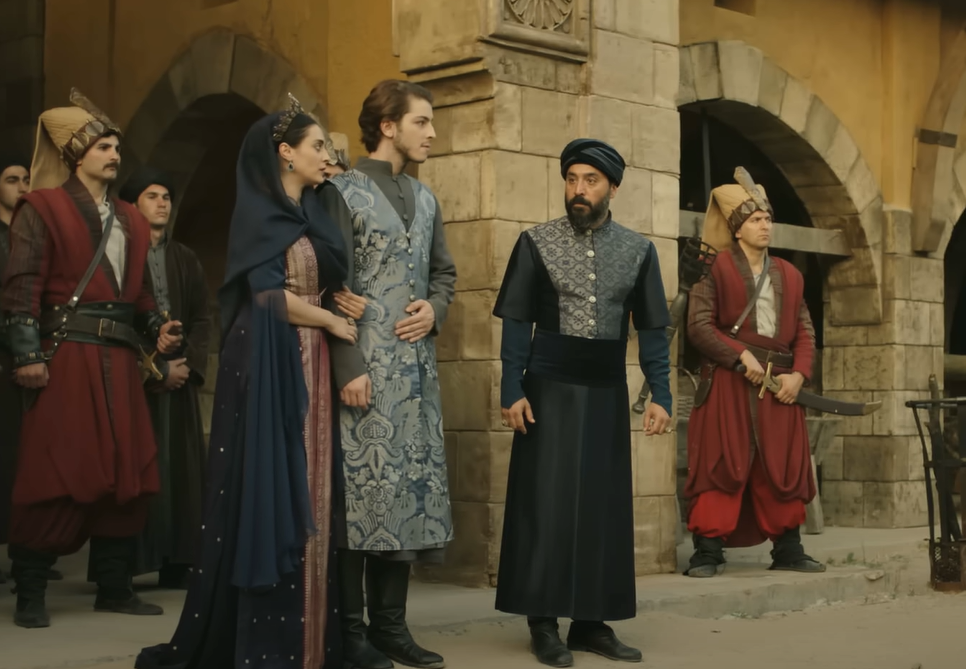 TIMS Productions, Magnificent Century: Kosem (2015–2017)
TIMS Productions, Magnificent Century: Kosem (2015–2017)
41. They Pleaded With Her
Undoubtedly out of a desire to avoid another coup, the Grand Vizier and the other heads of state who wanted Mustafa dethroned approached his mother and regent, Halime Sultan. Stating that the Sultan’s mind had made it impossible for him to be an effective ruler, they begged his mother to allow his removal.
While she was against this idea, she allowed for an examination of Mustafa’s mental state.
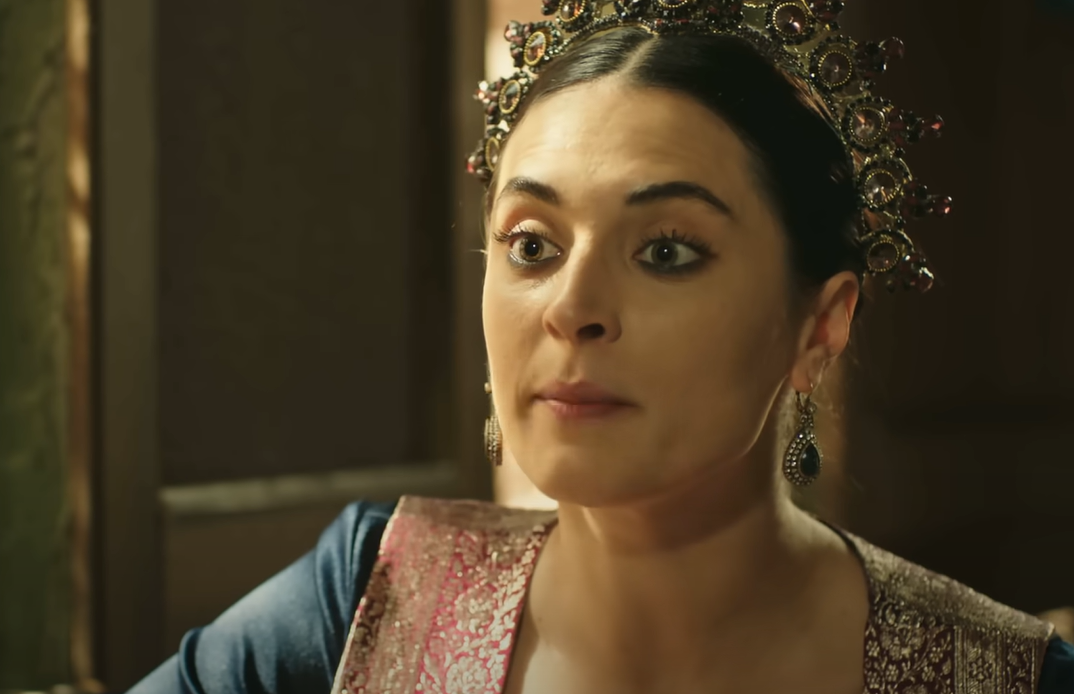 TIMS Productions, Magnificent Century: Kosem (2015–2017)
TIMS Productions, Magnificent Century: Kosem (2015–2017)
42. They Agreed On A Test
Wanting to keep her son in power, and likely herself as well, Halime Sultan demanded that those calling for his removal prove his inadequacy. To satisfy this inquiry, Mustafa underwent a questioning where officials asked him to give information about his identity, his family, and basic everyday details like dates and times.
Unfortunately for Mustafa, the results were conclusive.
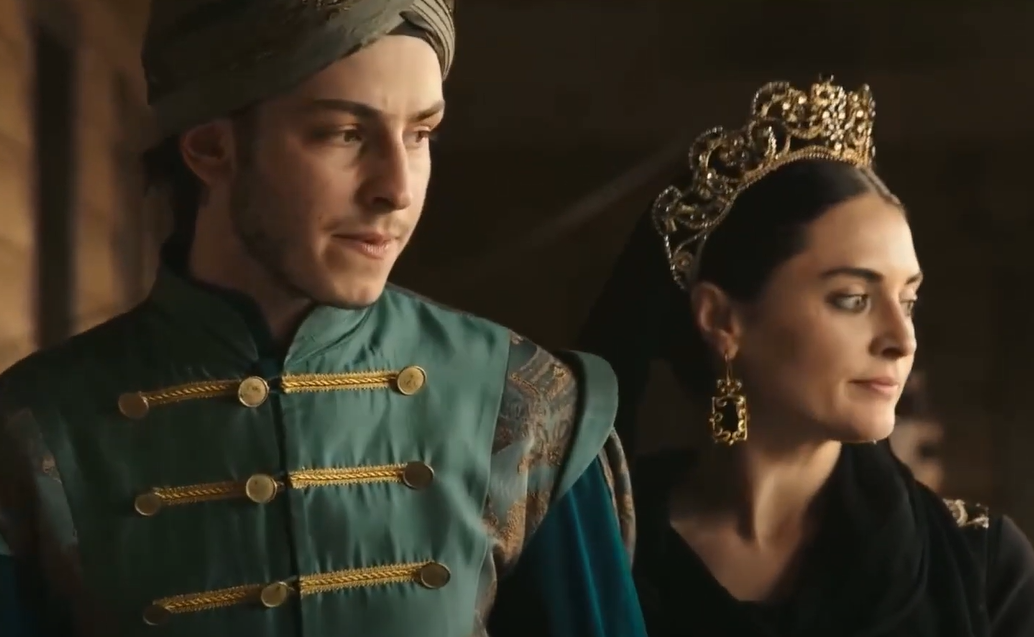 TIMS Productions, Magnificent Century: Kosem (2015–2017)
TIMS Productions, Magnificent Century: Kosem (2015–2017)
43. She Relented
The results of Mustafa’s test were enough to justify the lack of confidence against him, and his mother had no choice but to accept the verdict. In the end, she permitted Mustafa’s deposition with the stipulation that he would not face execution like those before him. The heads of state agreed to these terms.
With her consent, it only needed to become official.
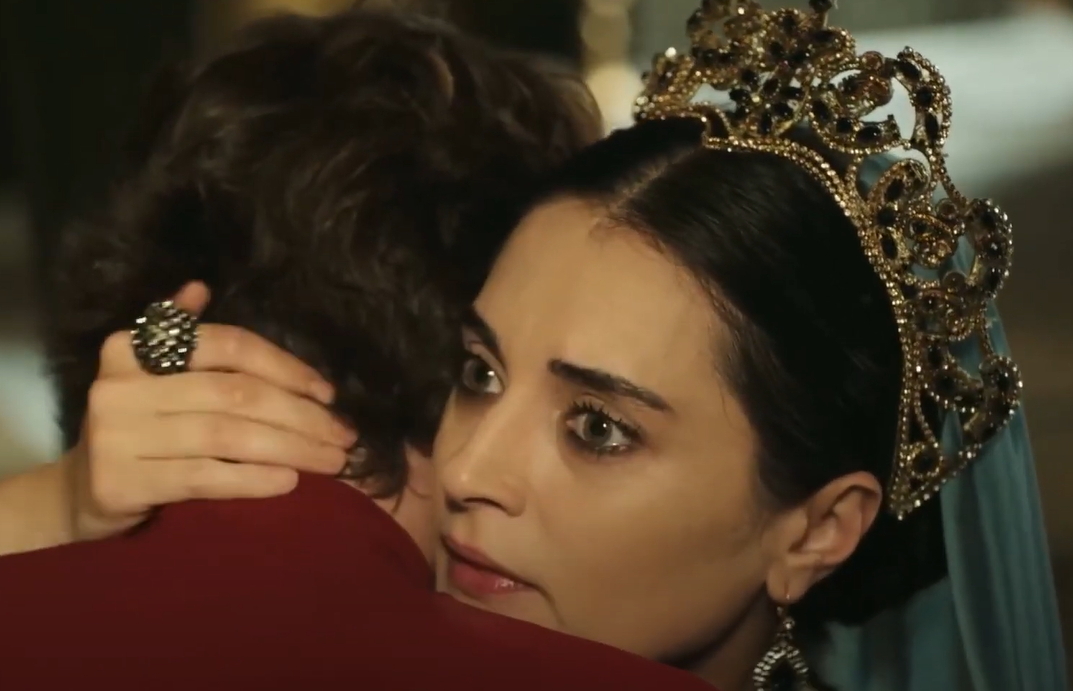 TIMS Productions, Magnificent Century: Kosem (2015–2017)
TIMS Productions, Magnificent Century: Kosem (2015–2017)
44. He Left Again
With a reign that lasted slightly longer than his first, Sultan Mustafa I arrived at the end of his life as a ruler. This time around wasn’t as violent or chaotic as a coup, and in fact, he may have been somewhat relieved as officials dismissed him to his chambers on September 10, 1623. He was finally free from the burden of ruling the Empire.
Of course, he wasn’t the last Sultan.
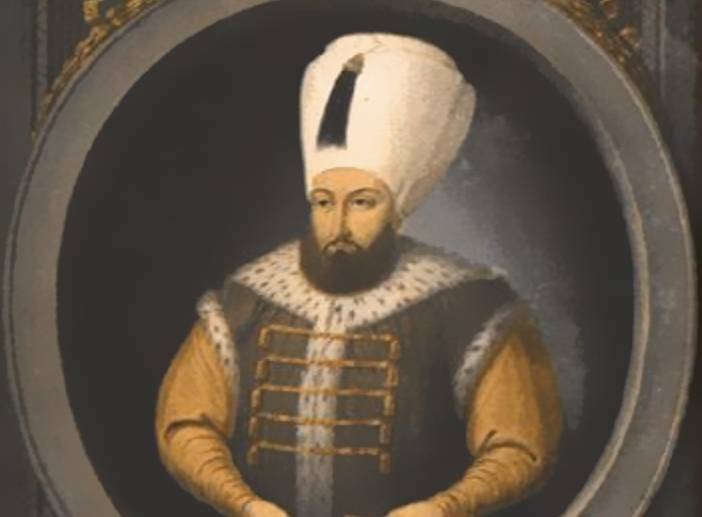 Unknown Author, Wikimedia Commons
Unknown Author, Wikimedia Commons
45. He Was Succeeded
The heads of state hadn’t arranged for Mustafa’s removal without a successor in mind, and fortunately for the dynasty, Osman II hadn’t executed all his brothers following his ascension. One remained to take Mustafa’s place, and on the same day as Mustafa’s dismissal, his other nephew Murad IV succeeded the throne.
In the aftermath of his removal, Mustafa was again hidden away.
 TIMS Productions, Magnificent Century: Kosem (2015–2017)
TIMS Productions, Magnificent Century: Kosem (2015–2017)
46. He Was Locked Up
Mustafa fared no better than the first time he lost the throne and was held captive in his chambers. Specifically, officials moved him to the “Kafes”—which translates to “The Cage”—in Topkapi Palace where potential heirs were held under close guard. This practice began with him, even though he was a former Sultan by the time he was imprisoned.
Eventually, the story of Mustafa I came to an end.
47. He Departed This World
For the rest of his life, Mustafa resided in the Kafes until 1639 when he passed. Through all the enthroning, manipulation, and dethroning, Mustafa spent much of his life trapped one way or another, and some believed this led to his demise. According to one record, his constant captivity eventually resulted in epilepsy.
However, there is some contention over this account.
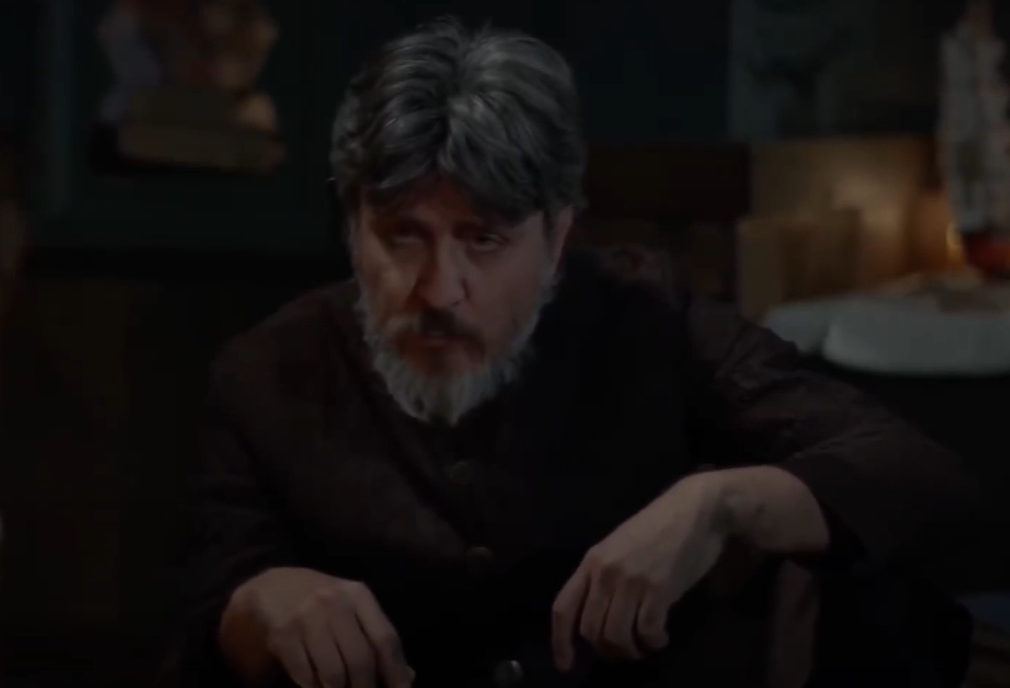 TIMS Productions, Magnificent Century: Kosem (2015–2017)
TIMS Productions, Magnificent Century: Kosem (2015–2017)
48. He May Have Been Slain
While it’s possible that Mustafa I perished from natural causes, historians have also accepted a far more sinister idea. Other accounts suggest that his successor, nearing the end of his life himself in 1639, had Mustafa executed. This theory posits that Sultan Murad IV intended to cut off Mustafa’s bloodline.
Furthermore, historians have called another large theme of his life into question.
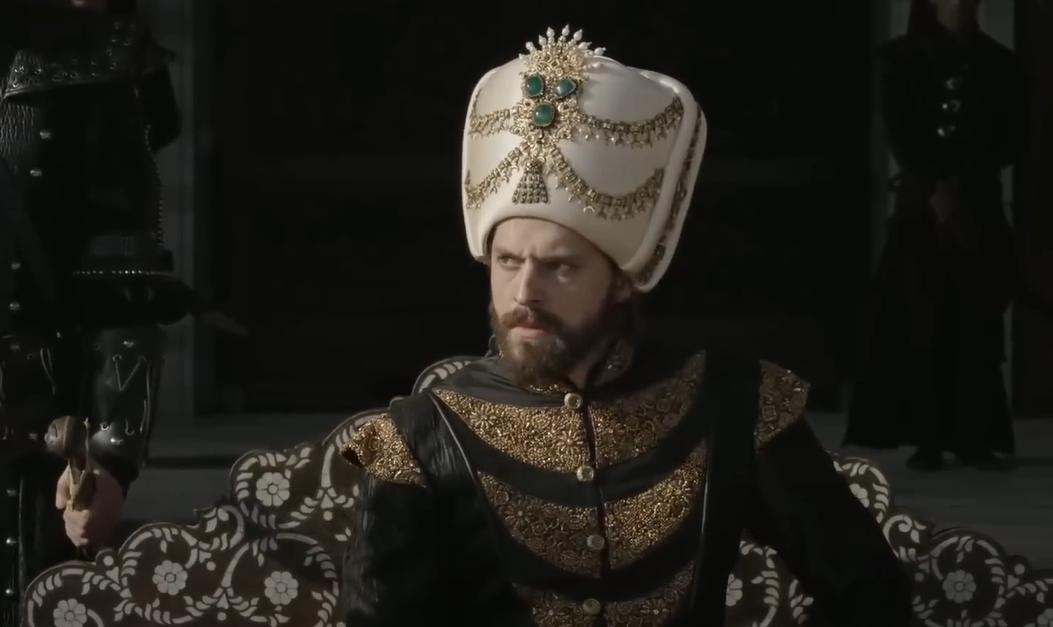 TIMS Productions, Magnificent Century: Kosem (2015–2017)
TIMS Productions, Magnificent Century: Kosem (2015–2017)
49. His Madness Wasn’t Confirmed
Over the years, many have doubted that Mustafa was mad at all, at least at one point in his life. Arguments against his inability to rule cite several instances where he heavily involved himself in the inner workings of his navy and army, specifically the Ottoman–Safavid conflict. If his madness was a lie, there was no shortage of people who could have benefited from it.
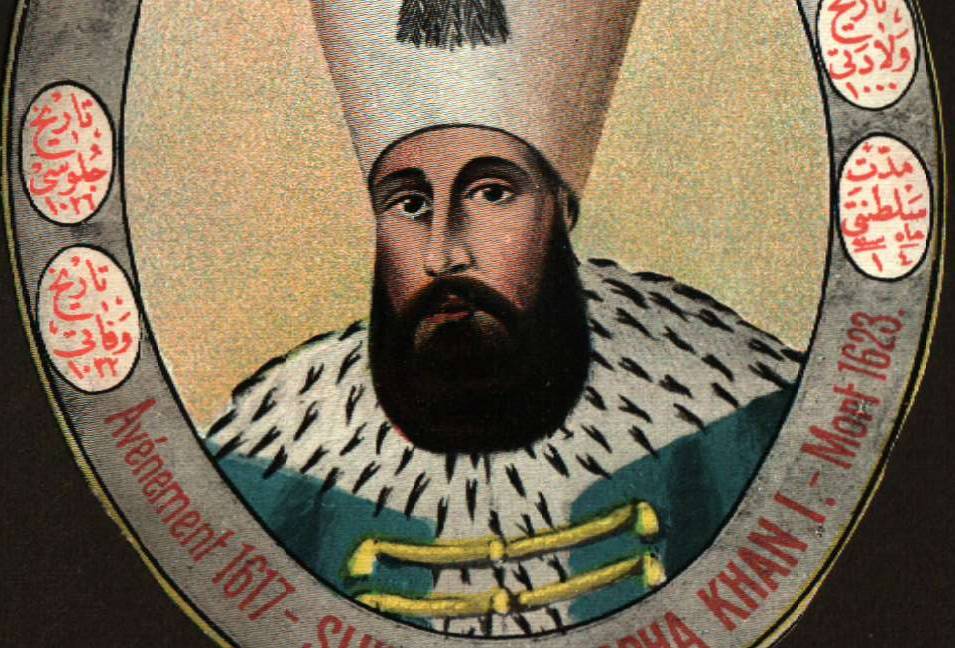 Archives State Agency, Wikimedia Commons
Archives State Agency, Wikimedia Commons
50. He Suspected Treachery
In the case that Mustafa was never mad, or if his mental instability was exaggerated, one later theory provides a couple of people who may have been behind it. Kemankeş Kara Ali Pasha seemingly had a bone to pick with the Sultan due to Mustafa dismissing him from office, and evidence suggests he planned the coup with Kızlarağası Mustafa Agha. This theory posits that Mustafa’s alleged madness was a facade to justify the coup after the fact.
You May Also Like:
Empress Dowager Cixi’s Rise From Concubine To Supreme Ruler
Amy Robsart Was One Part Of A Tudor Love Triangle
King Leopold II Was The Most Evil Person Who Ever Lived
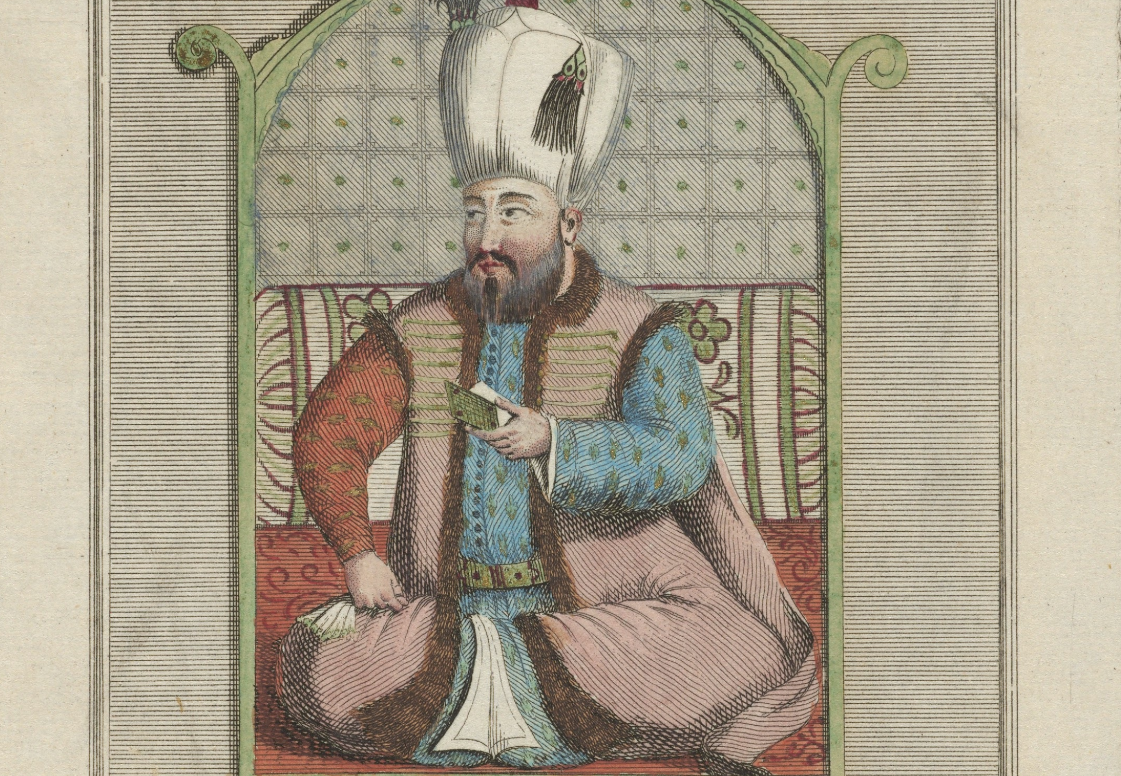 Claude du Bosc, Wikimedia Commons
Claude du Bosc, Wikimedia Commons


